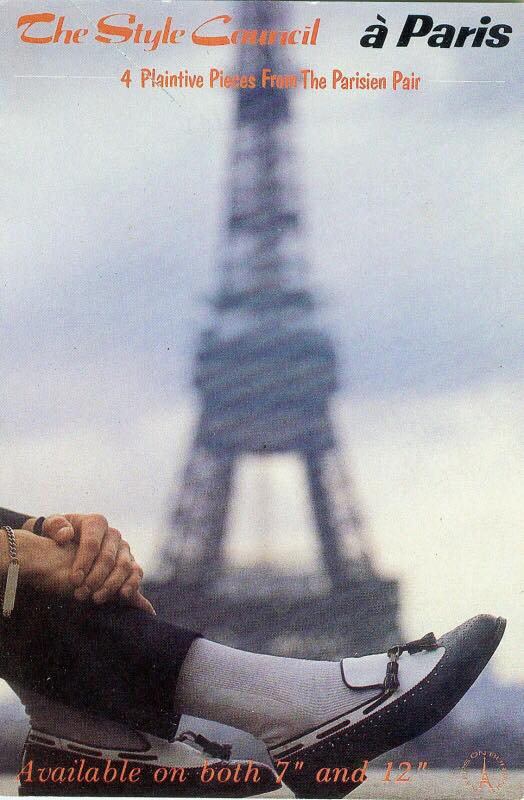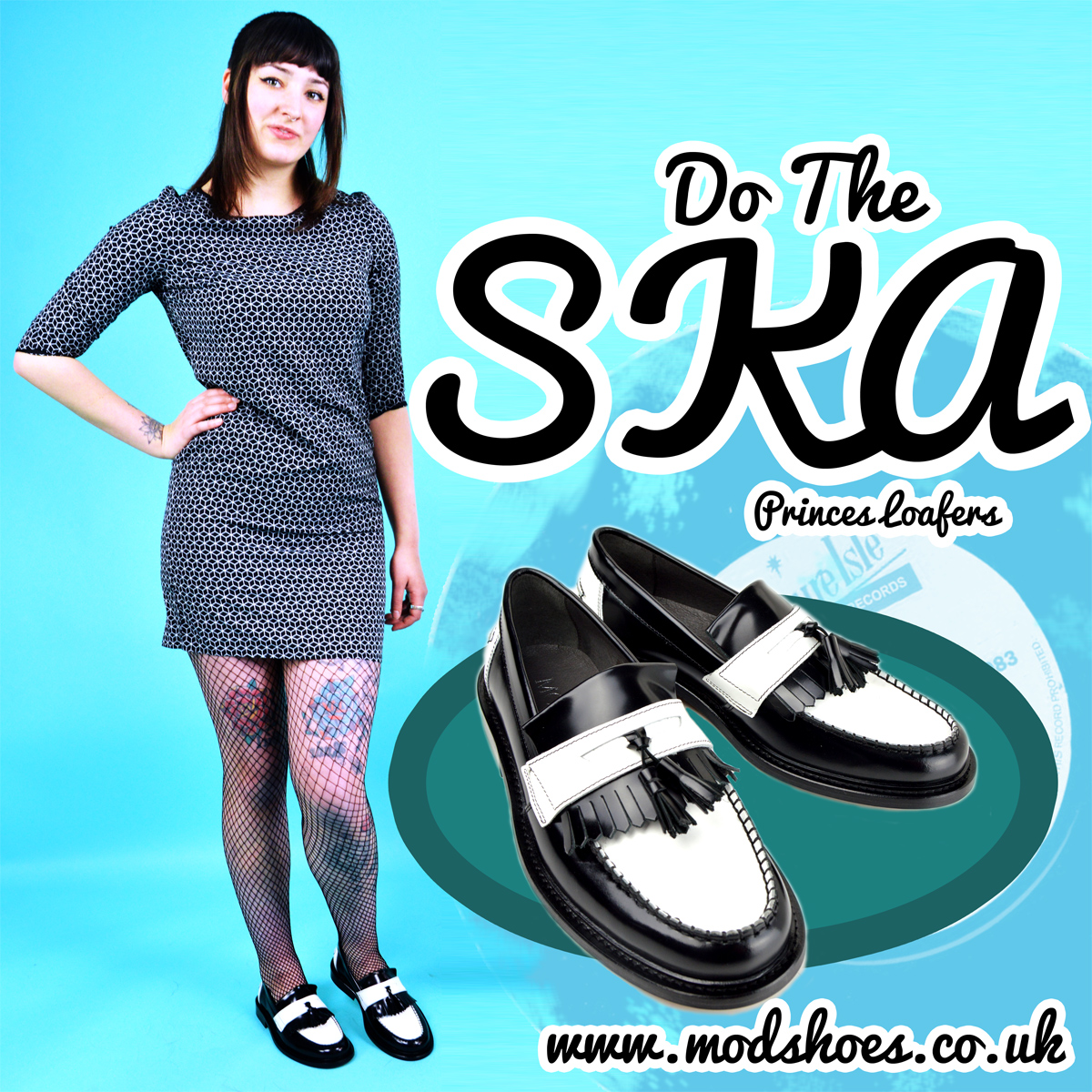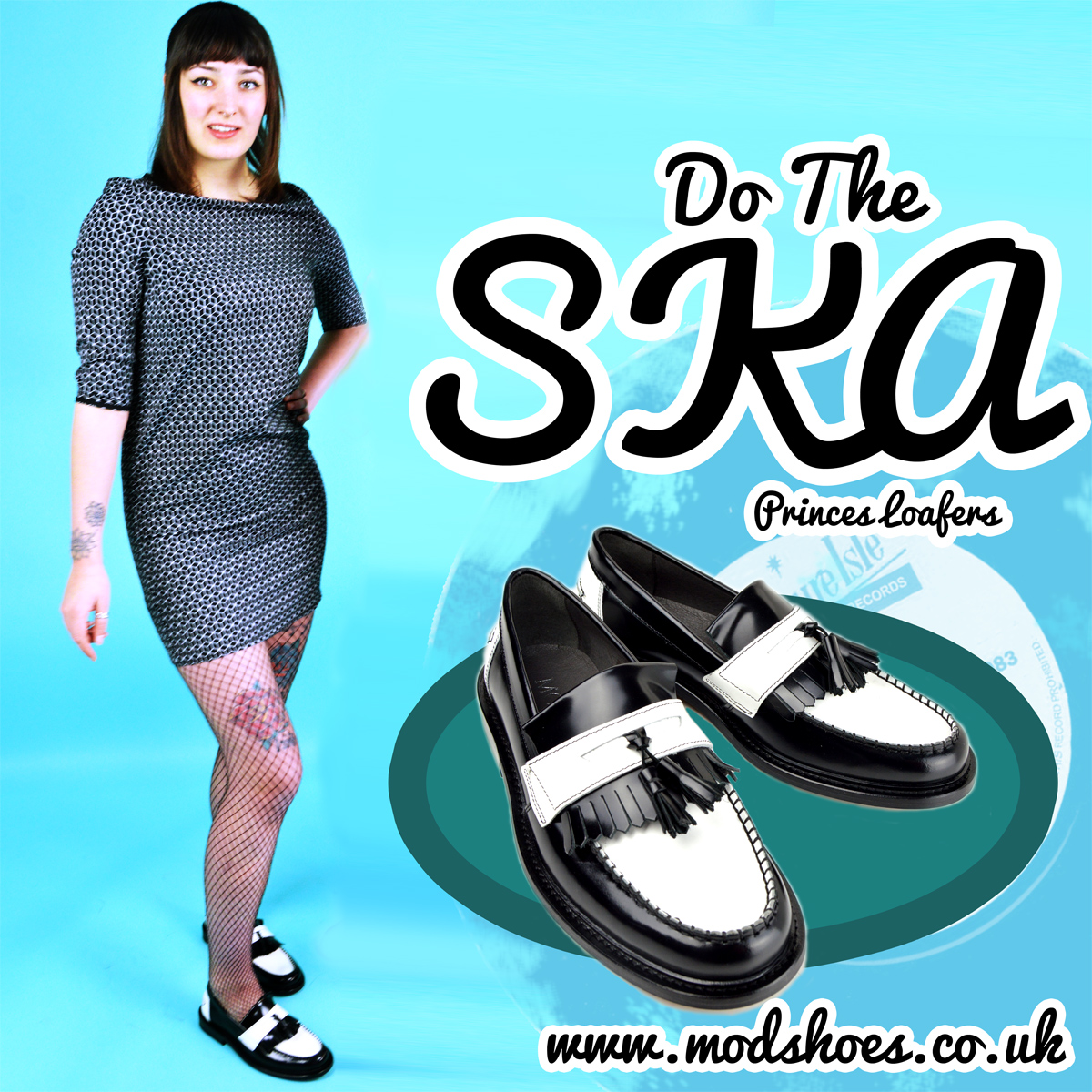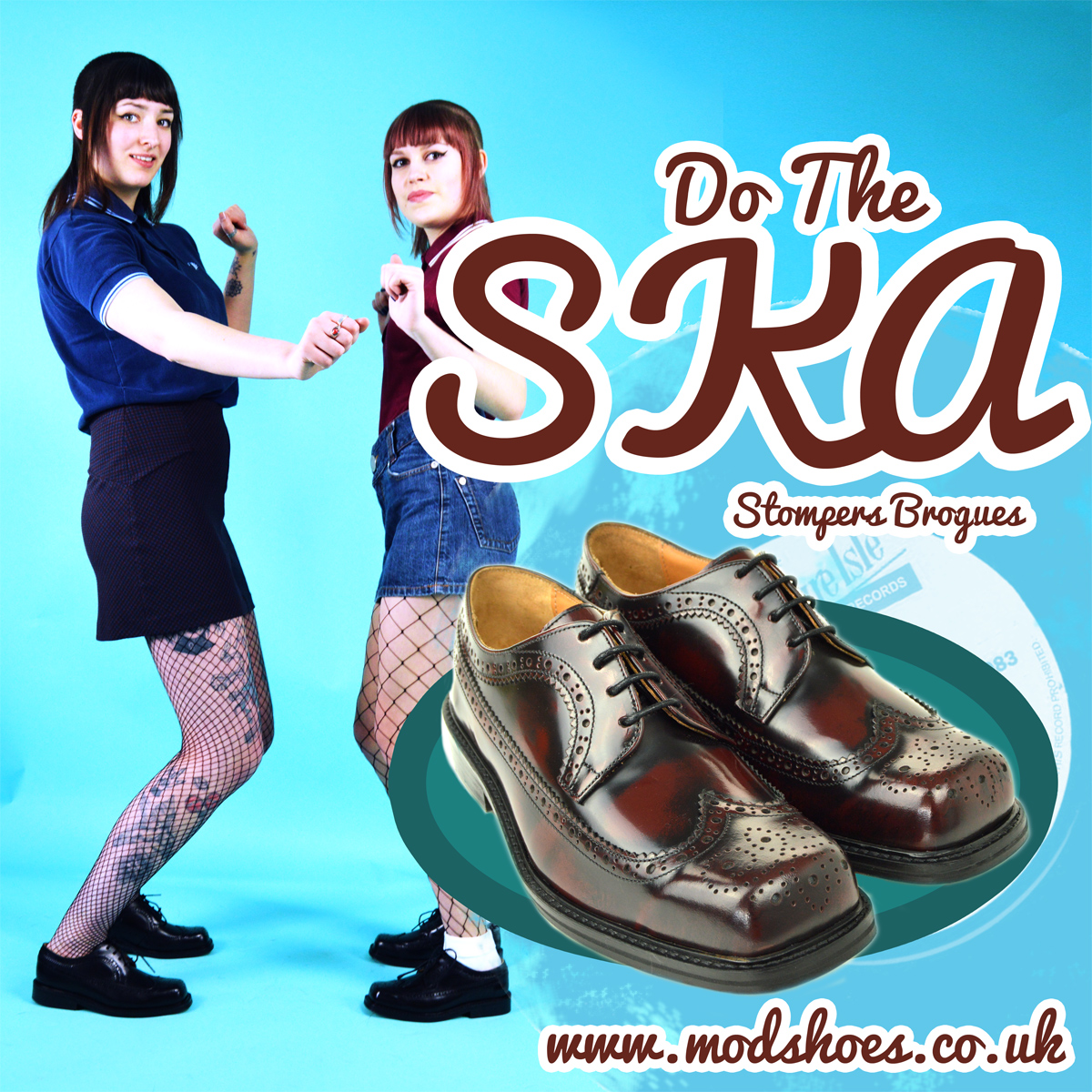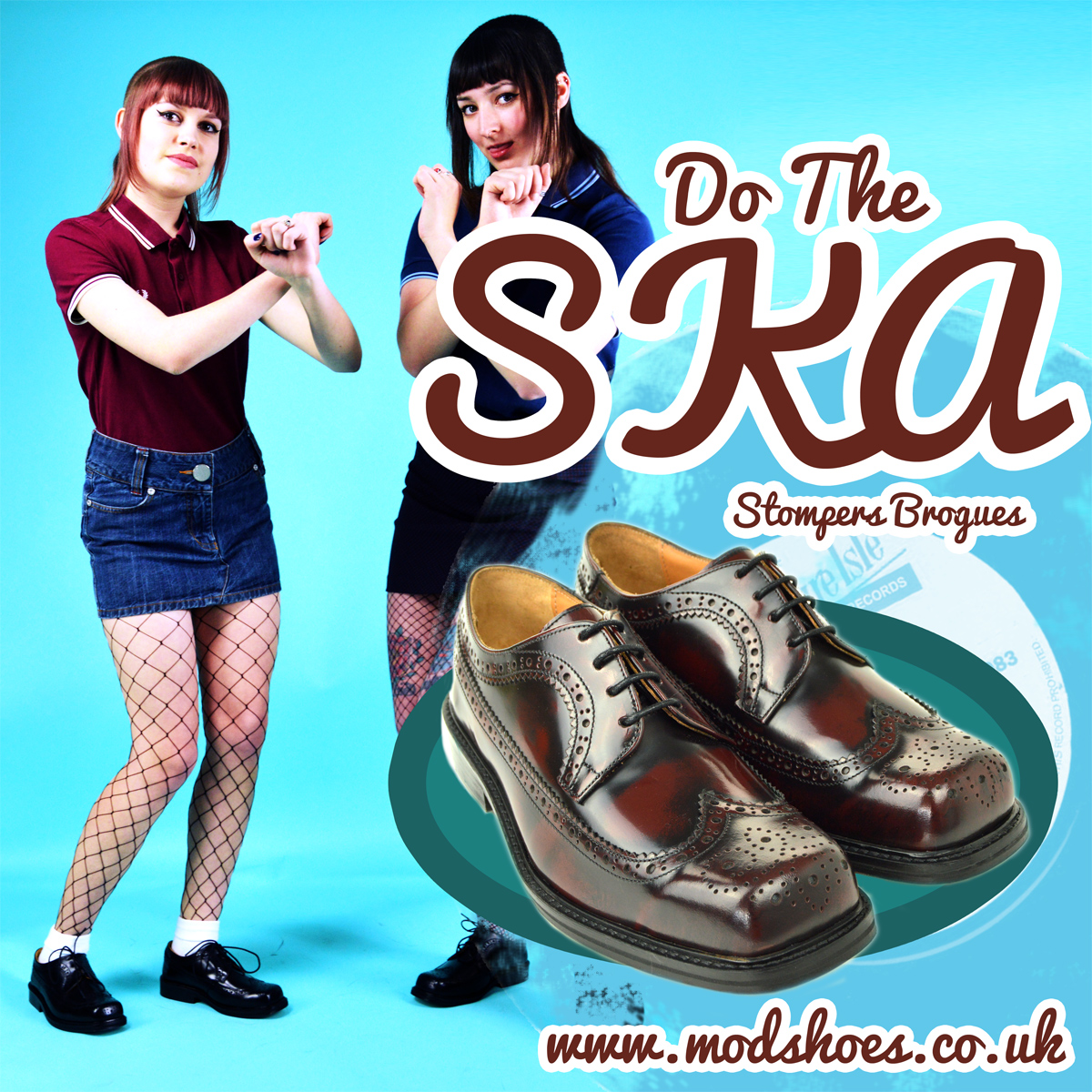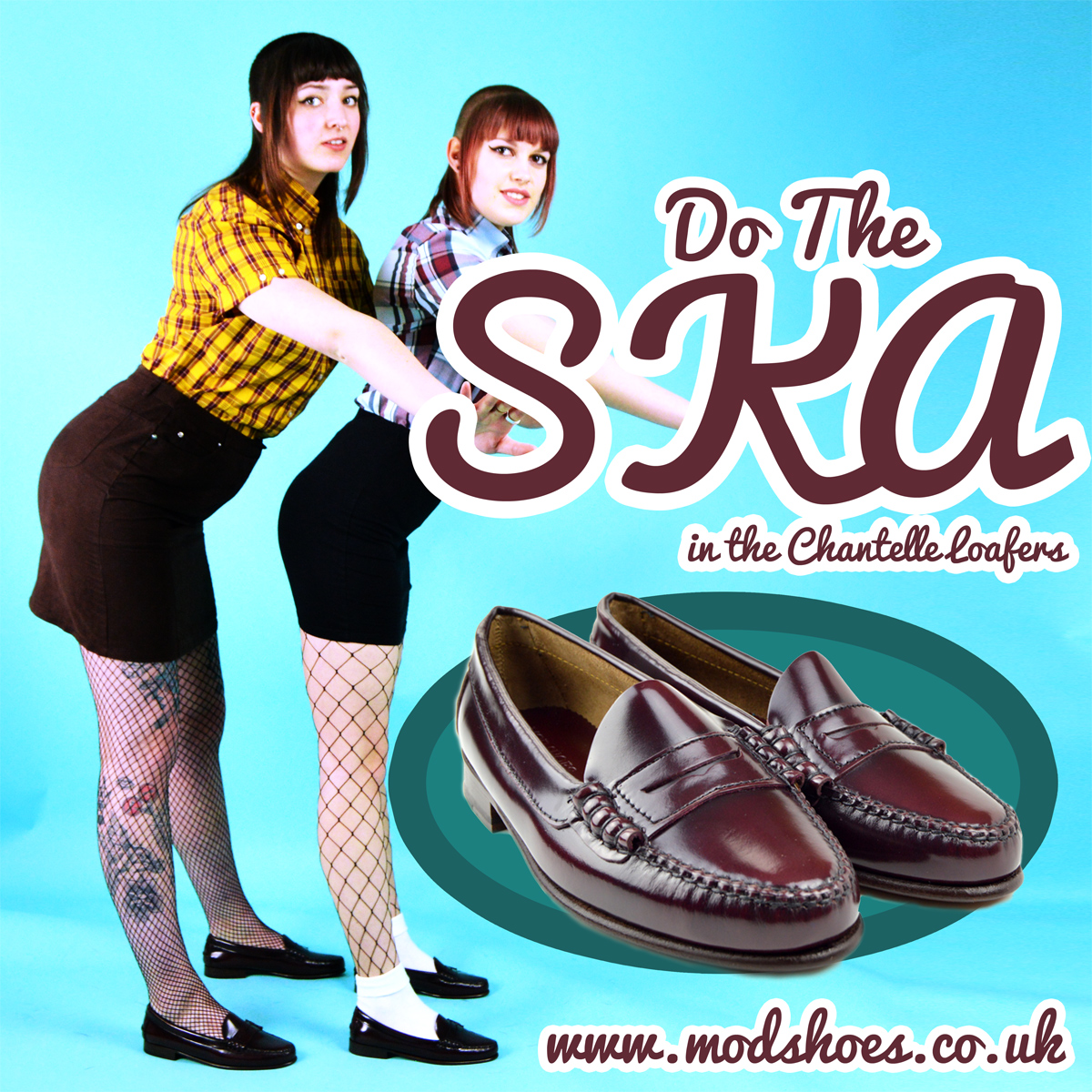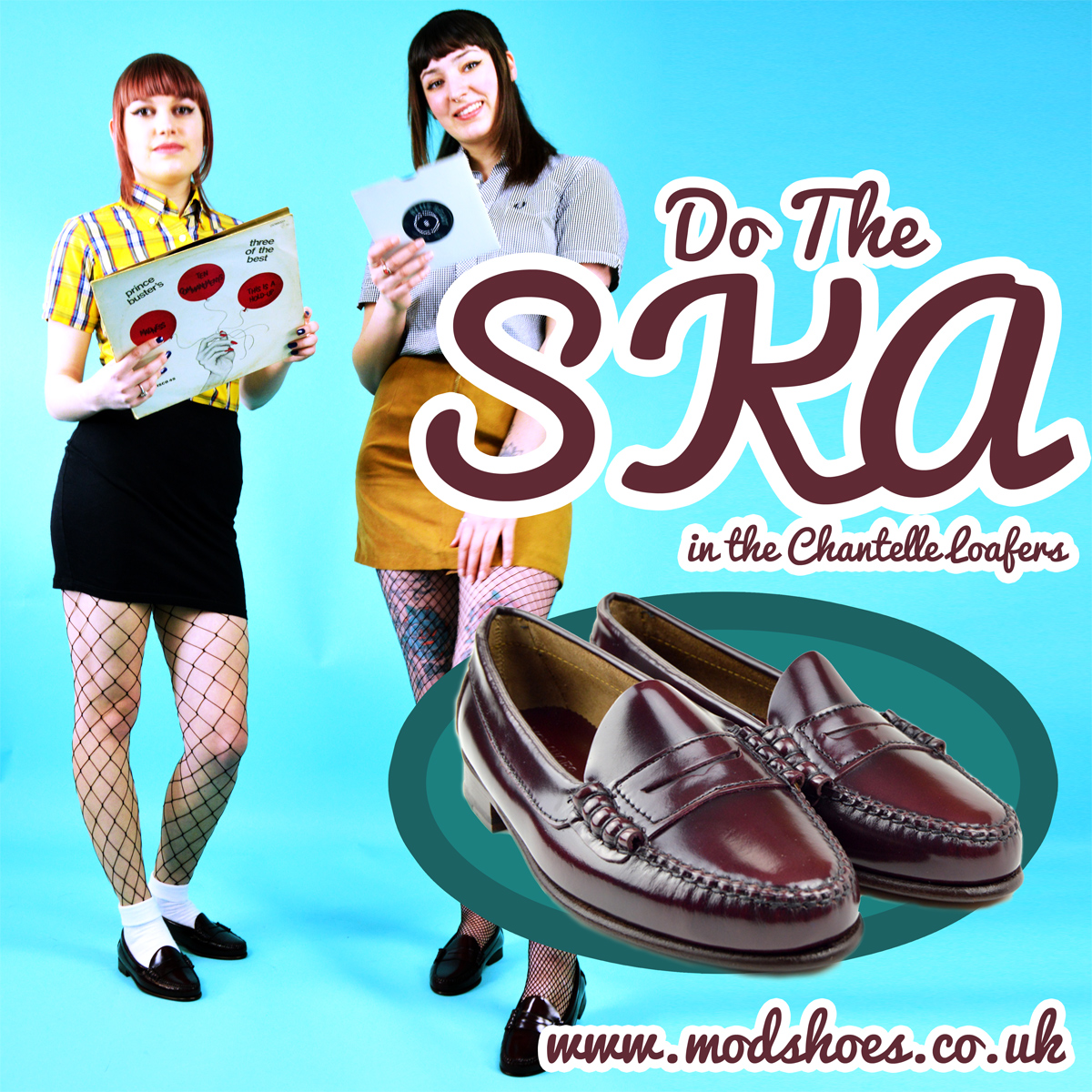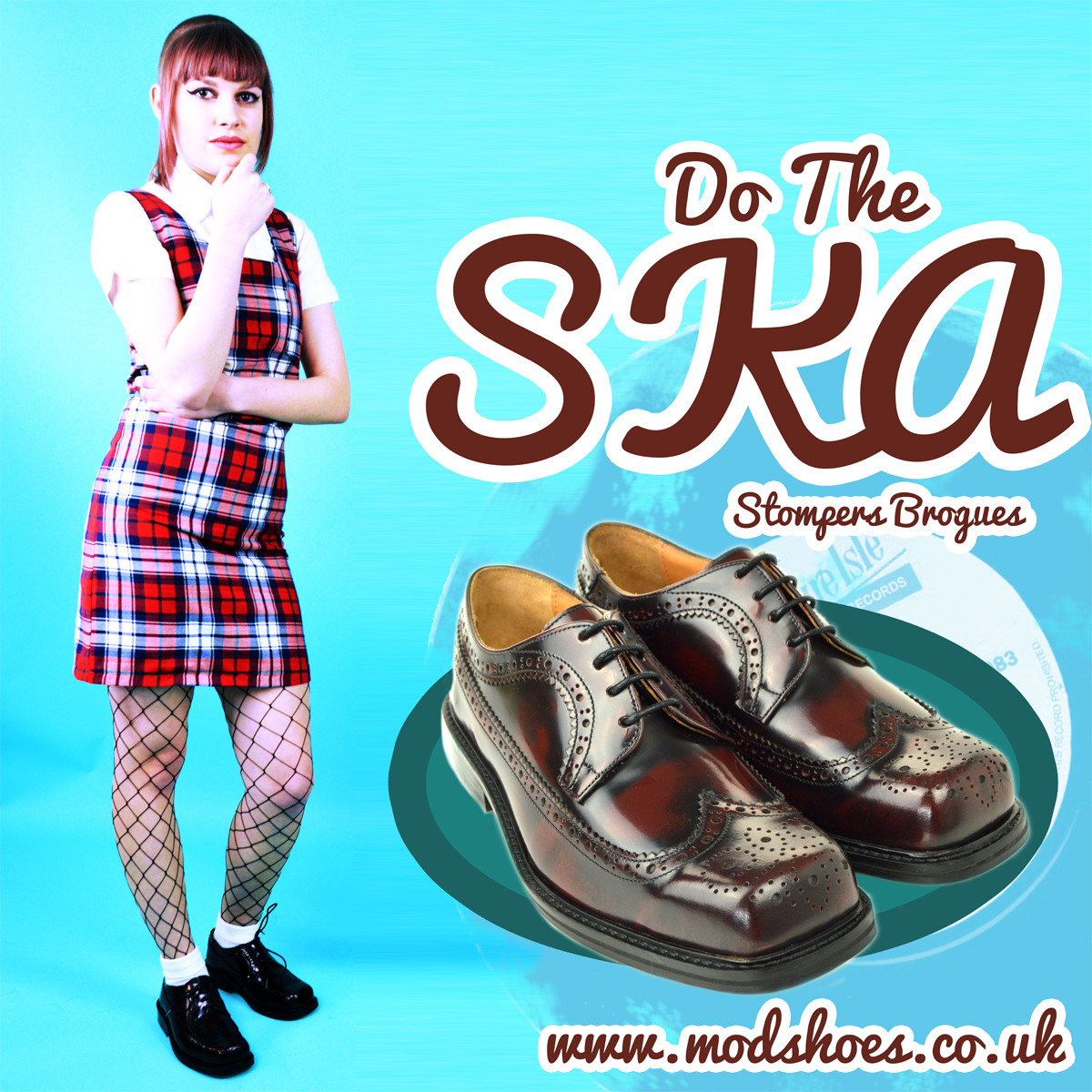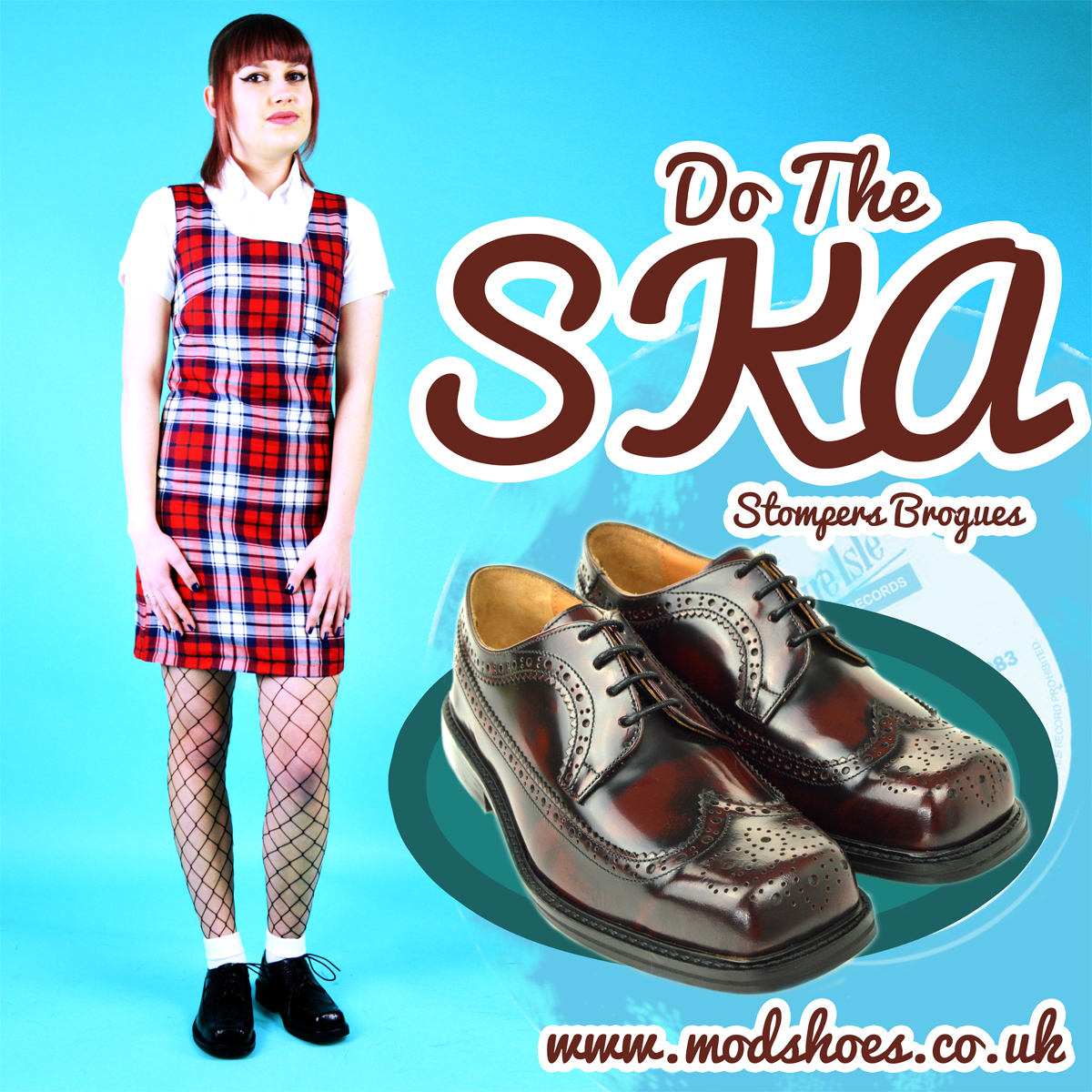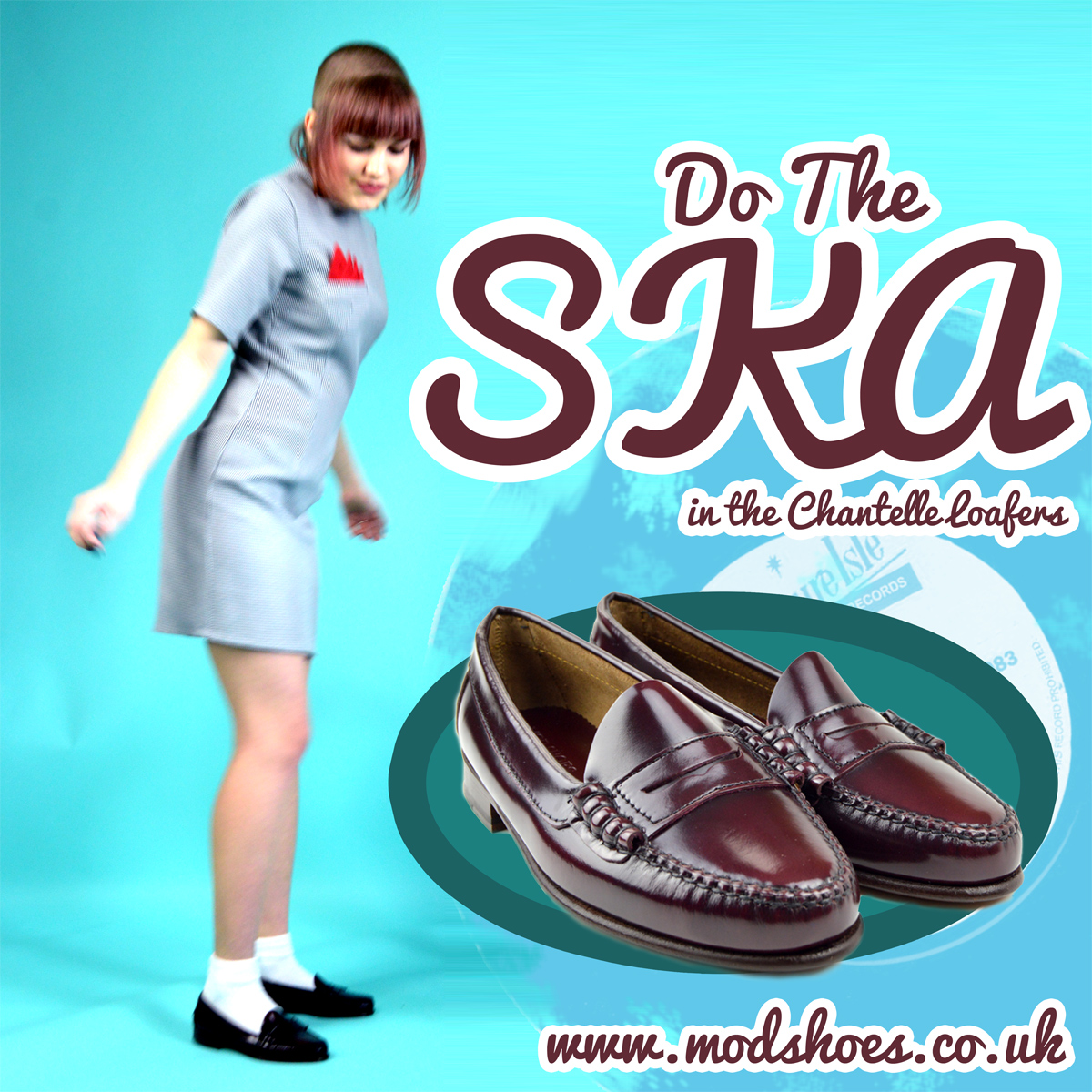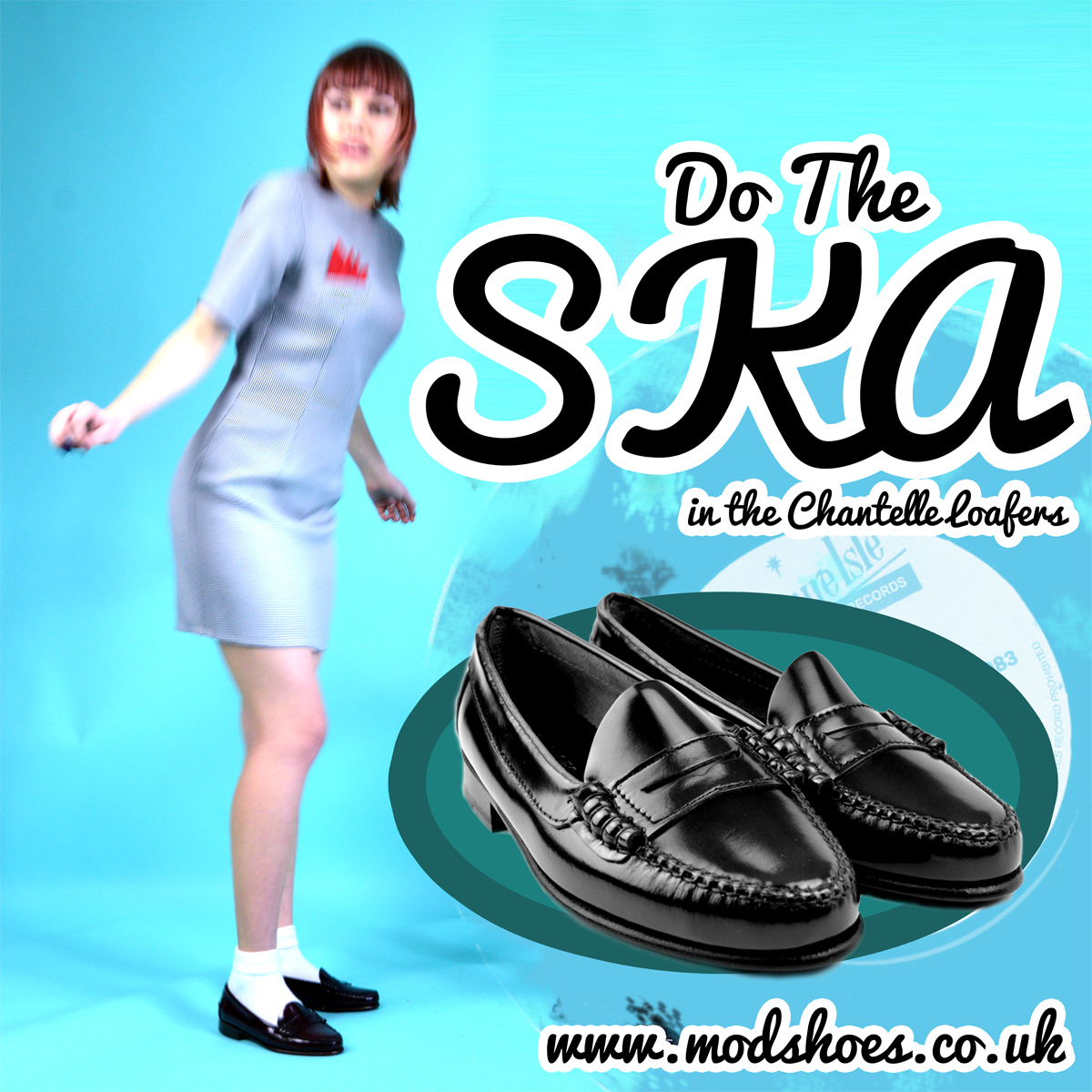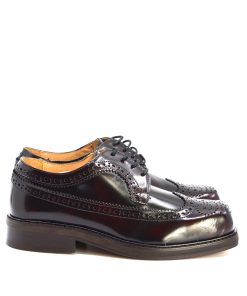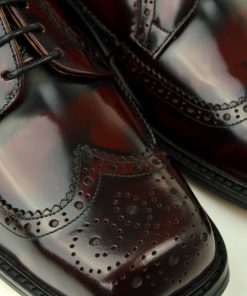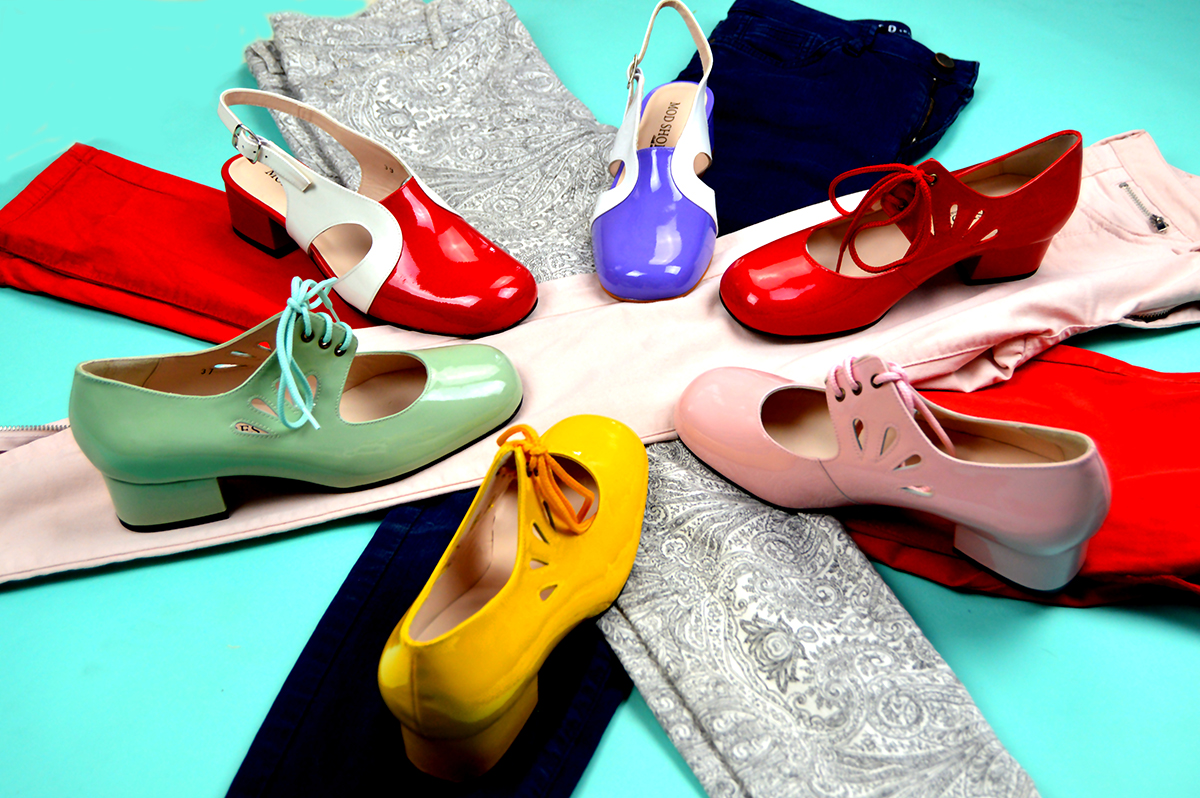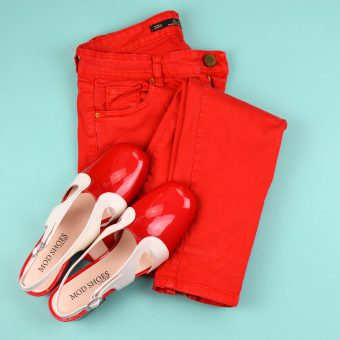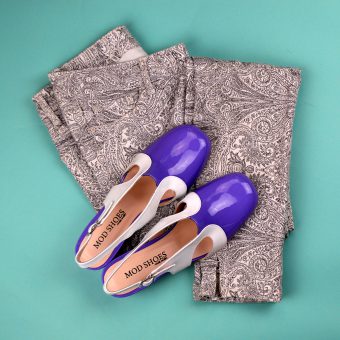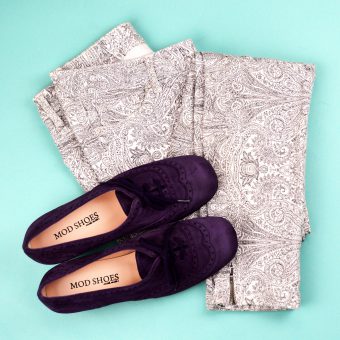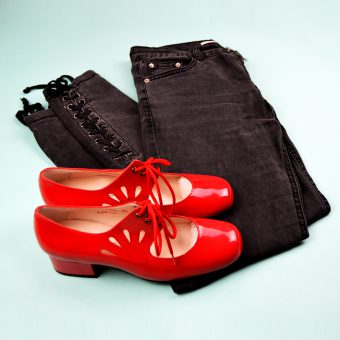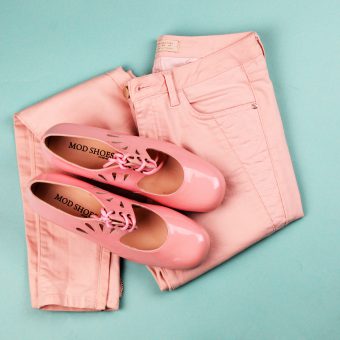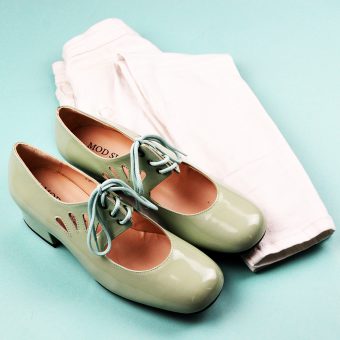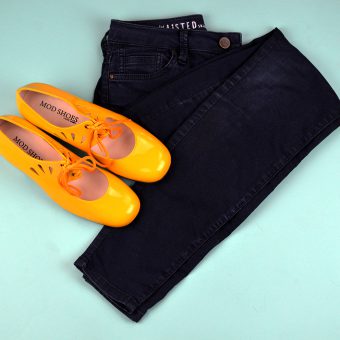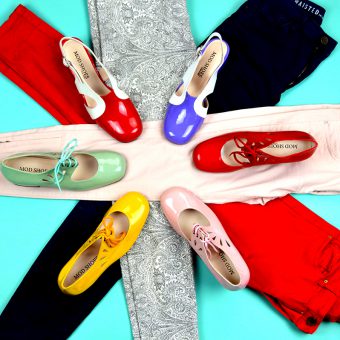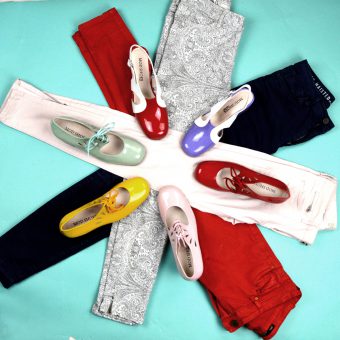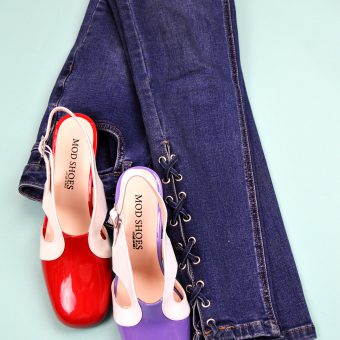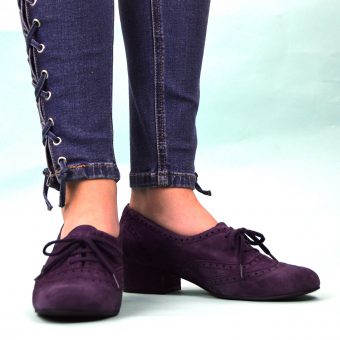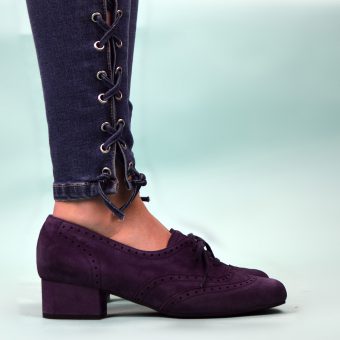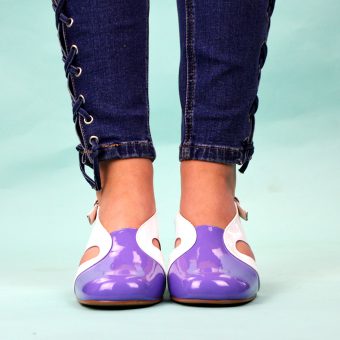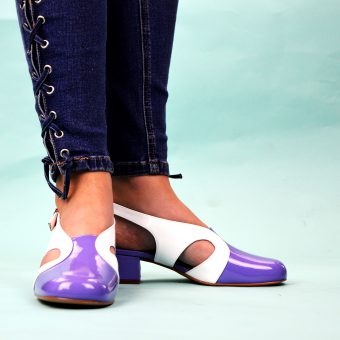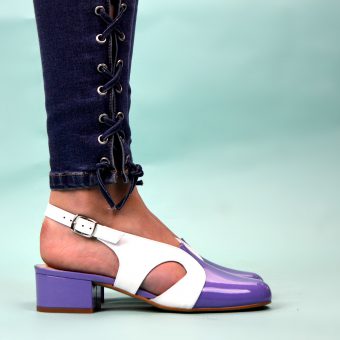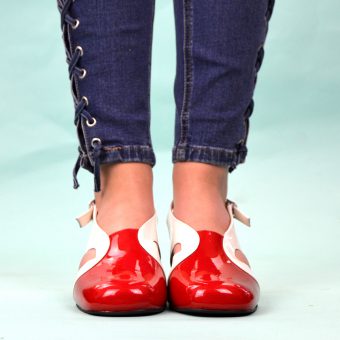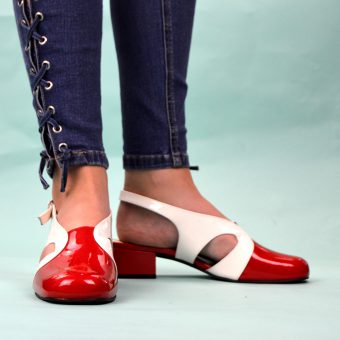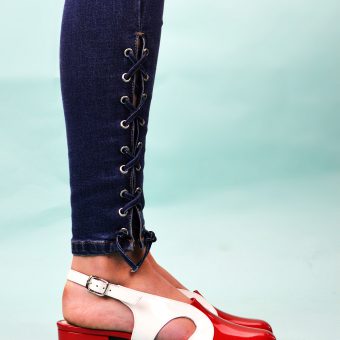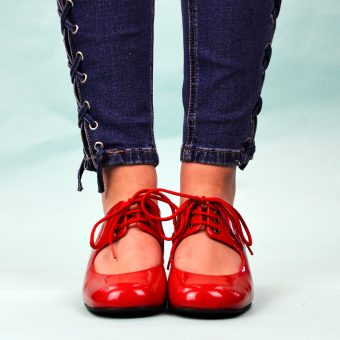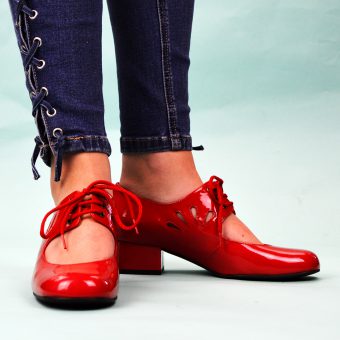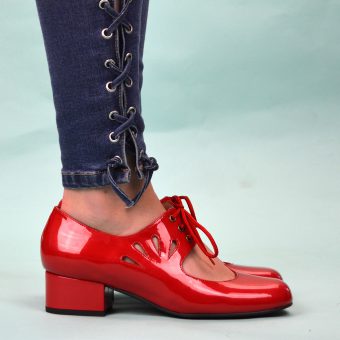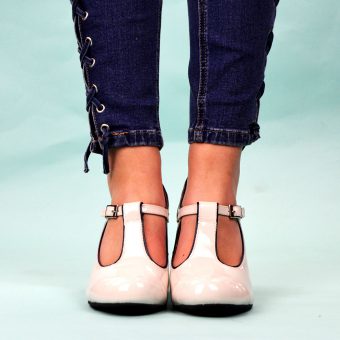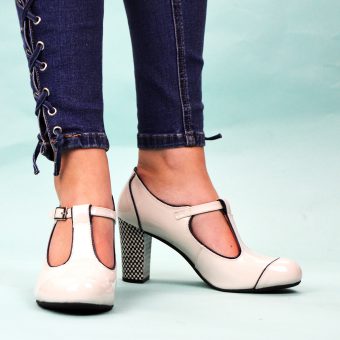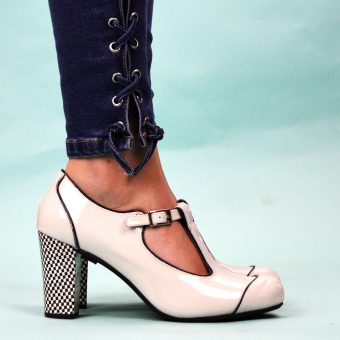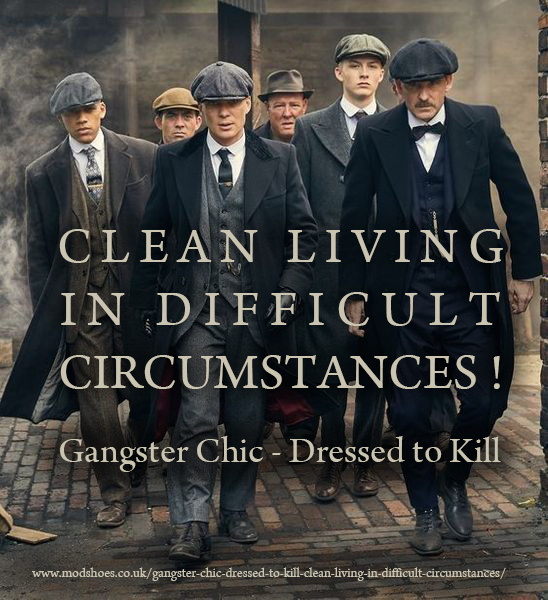
There has always been an admirable style associated with some of the most notorious people of the 20th Century. Much of this comes from a glorification via both Media and the big-screen, which both fuel people’s passion for their nefarious (if mostly white-washed) exploits.
Part of the appeal is that for a society that is so divided by wealth (and Class in the UK) that to see someone circumvent their preordained place in society on their own terms is deemed a thing to be admired. Naturally that comes with displays of that ‘success’ not least in terms of their dress sense.
Tailored clothing especially at a high-end tailor would have been the preserve of the wealthy, but with money to burn and the sheer need to impose themselves on wider society, great pride would be taken in going to the top stylists of the day. The pictures we are familiar with of the great mobsters of the 20’s and 30’s such as Al Capone, ‘Lucky’ Luciano, John Dillinger et al all show them with Fedora Hats, silver-topped canes, spats, immaculate three-piece suits, silver fobs, pocket silks and cashmere overcoats. This outward display was a measure of their successes. Dressed to the nines like this they felt at home rubbing shoulders with the high society they felt they belonged with.
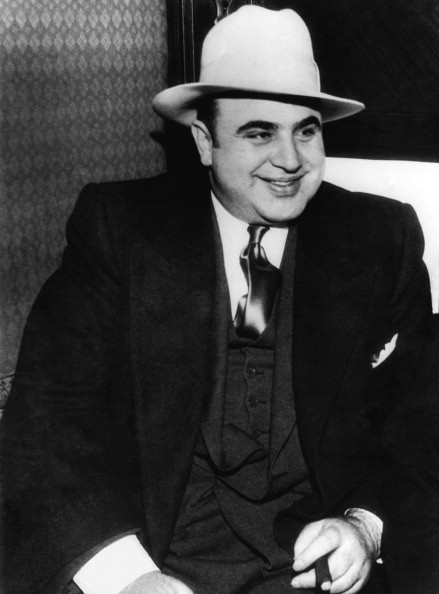
This side of the pond, between the Wars and having spent time in trenches with their social betters and realising that very little was different between the ‘them and us’ in terms of getting gassed and shot at it was no wonder that this emulation of a better social status continued. TV show Peaky Blinders is a showcase for how city-dwelling gangsters of that era emulated the higher classes in their Tweed three pieces (country/leisure wear for the sporting sort) augmented with precious fobs and highly polished brogue-boots. Gone were the poor made functional tailoring and hob-nail boots of the industrial heartlands of the Midlands at the earliest opportunity, with only the peaked caps (albeit now made in matching cloth to the suits) a nod to their past.
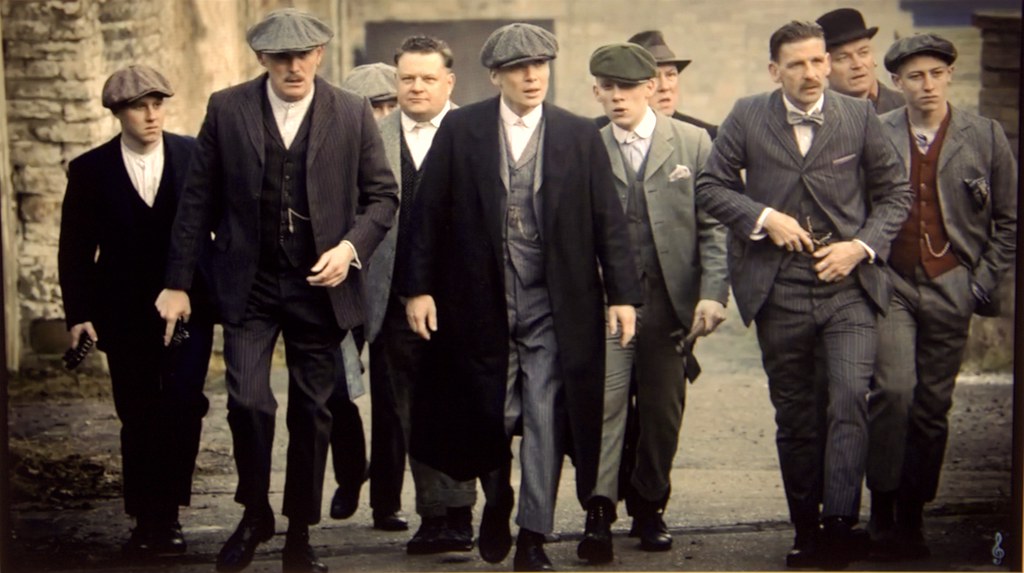
Post World War Two and with a country handicapped by rationing in both food AND clothing, it was again the leading figures of the Underworld who flaunted their disdain for the social constrictions of the day. Jack ‘Spot’ Cromer, Billy Hill, Albert Dimes and Charles Sabbini all flaunted their ‘outrageous’ style in the nightspots and at the race-tracks. Silk scarves, jewelled cufflinks, diamond pins with handmade highly polished shoes are prevalent in many of their pictures of the day. ‘Clean living in difficult circumstances’ as became the phrase for another group who used style to challenge their social place!
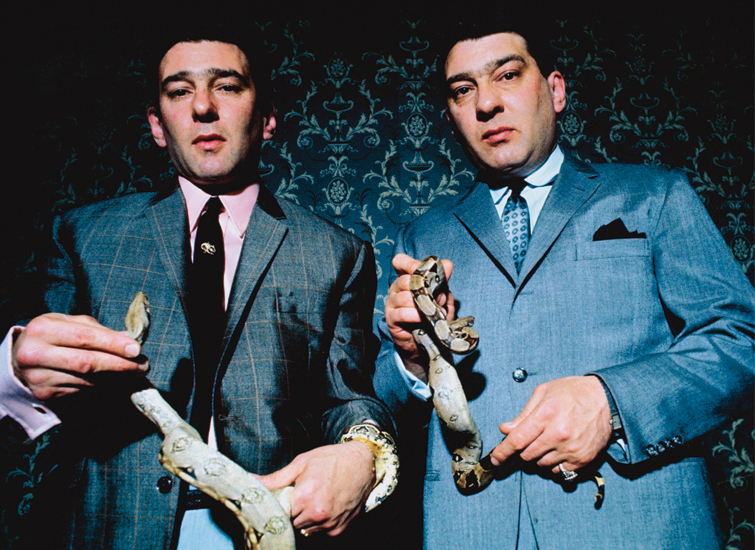
The sixties were probably the heyday of ‘Gangsters as celebrity’. The decade that finally (if only on a surface level) broke the down the social barriers that had been threatening since the revolutions of the early 20th Century. It is no wonder that ‘leading lights’ such as the Krays were house hold names. Their celebrity status was further assured when they too were chosen to have their photos taken by the leading photographer of the day (also working-class lad ‘made good’) David Bailey. Their suits are actually a throw back to the bygone Gangsters of the 20’s and 30’s. Two-piece as the times dictated but instead of being a la mode, slim-cut, waisted with narrow and high break lapels. They are broad shouldered one or two button jackets with pleated (rather than flat-fronted) trousers. The suits them selves seem to say ‘Yes we’re Gangsters – so what!?’ – An attitude that society felt sufficiently threatened by to actual deal with latterly in the decade, along with many of their contemporaries of the day, like as The Richardson’s and The Great Train Robbers.
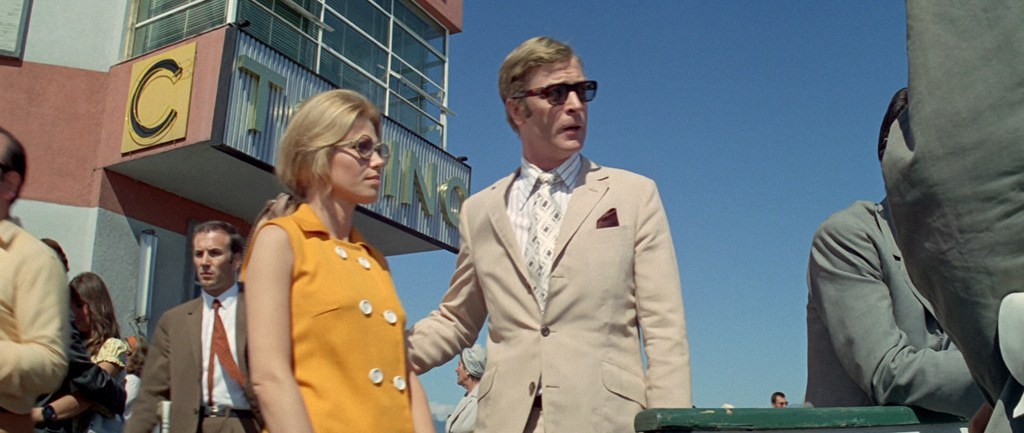
Since that time and perhaps like all good things coming to an end, it’s a shame that this ostentatious style is now more about outward displays of wealth (numerous thick gold chains, designer labels, flash cars) rather than pure style for the sake of it. It is however still readily available for those who look for those stylistic clues so slavishly. Films of and about the era are a fantastic place to start for the style-obsessed. Michael Caine’s suit in The Italian Job when he comes out of the lift is a thing of absolute beauty – the tailor (Doug Haywood) actually gets a nod in the credits too and rightly so! In fact, Charlie Crocker’s wardrobe throughout the film is exceptional. The cream suit with brown tie when seeing Lorna on to the plane, the suede double breasted coat when watching his beloved E-type getting mangled are just two cracking examples.
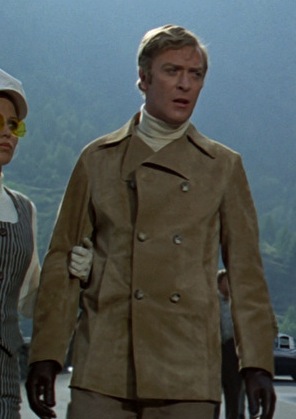
More recent film Gangster No 1 with David Bettany goes as far as actually doing a whole monologue on the quality of Gangster David Thewlis’ style and dress sense – there is another great scene where he is given a wad of cash and told to smarten himself up – a shot that apes Michael Caine’s appearance from out the lift with a sly nod to James Fox in Performance.
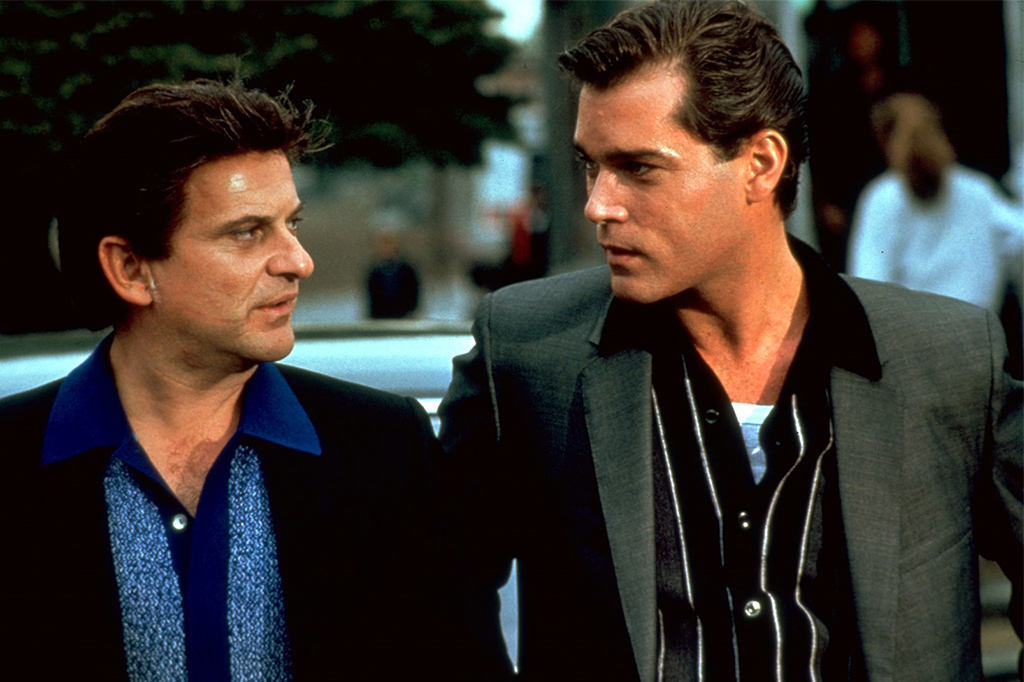
There is of course more to Gangster style than just suits. Check out the Italian Knitwear in Goodfellas. Beautiful summer-weight wool Ban-Lon tops worn with pristine white T shirts, sharp trousers and shoes. The casual clothes in American Gangster with Denzil Washington are superb too and all the films listed above are well worth checking out, and not just for the wardrobe.
Too often the ‘glamour’ of their lifestyle is over-played and the nasty side of their exploits are glossed over, but I think using style as a weapon is never a bad thing, but maybe keep it to simply dressing like you’re going somewhere better later…
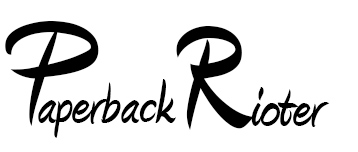

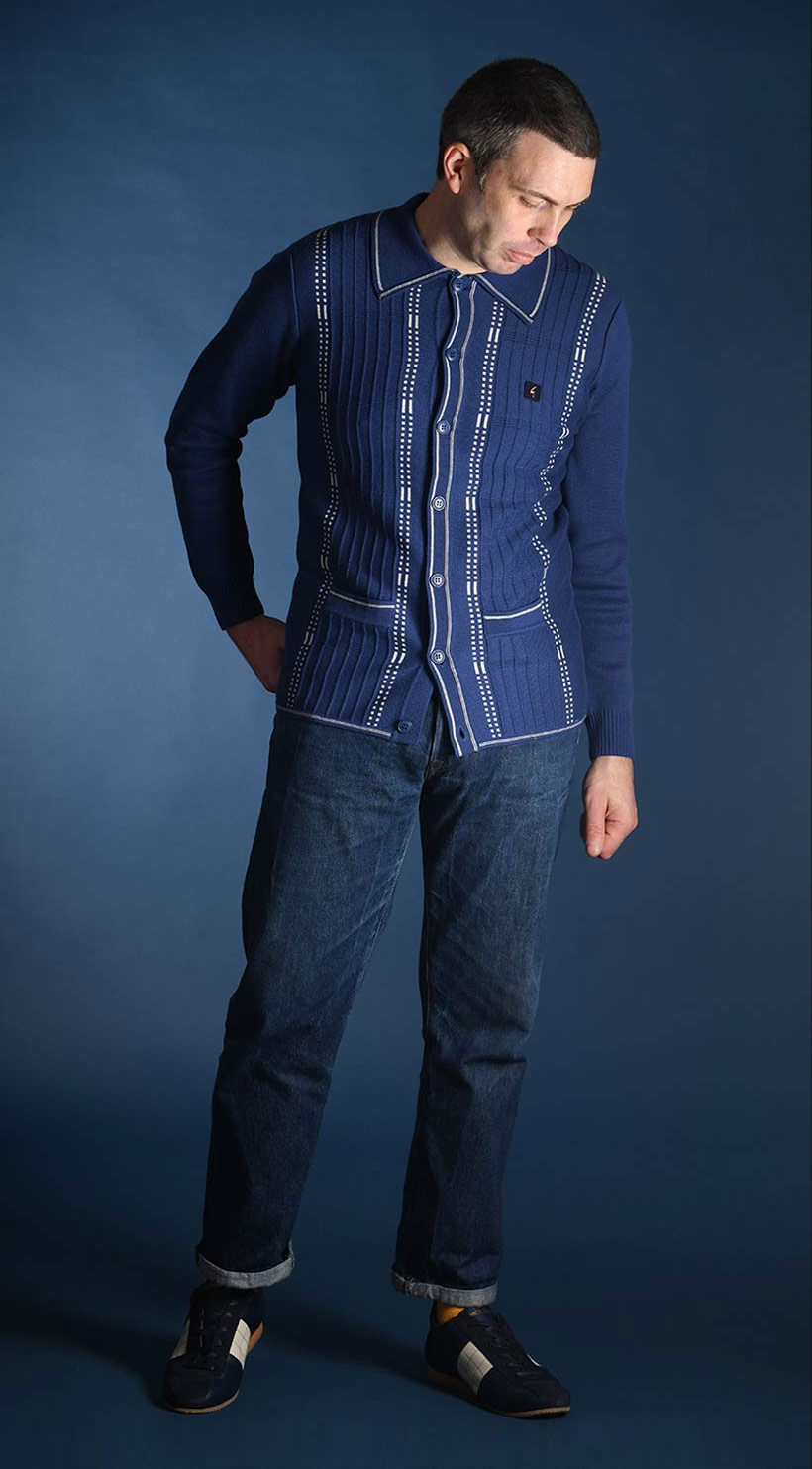
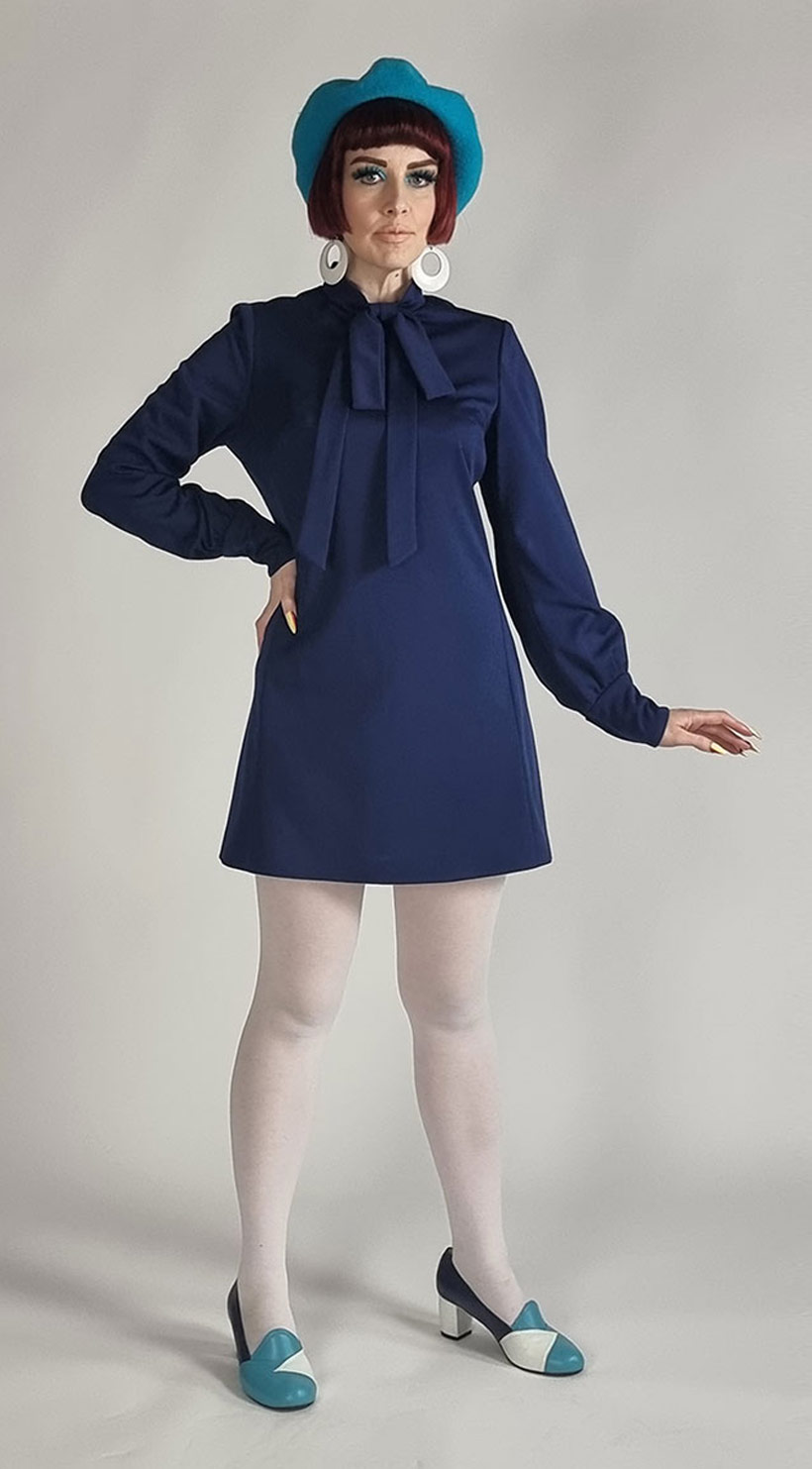
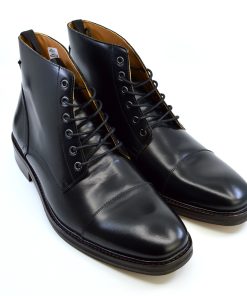
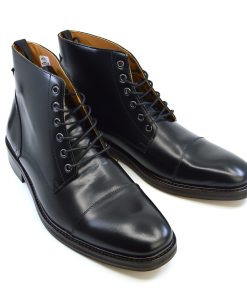
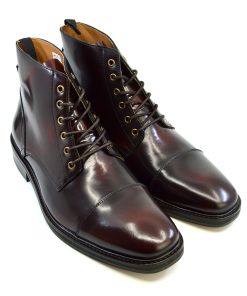
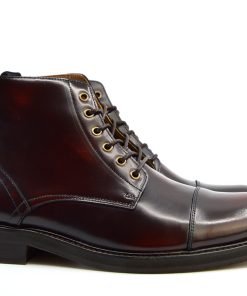
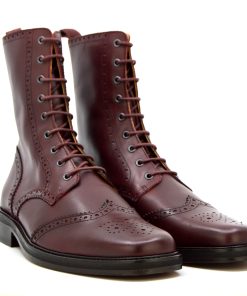
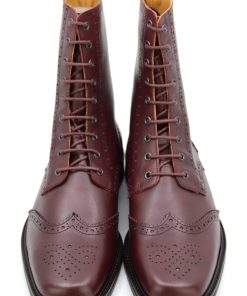
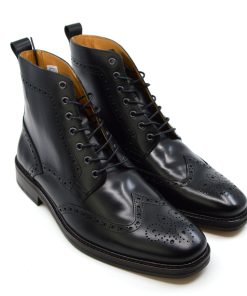
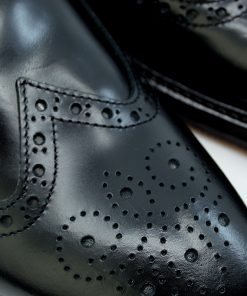
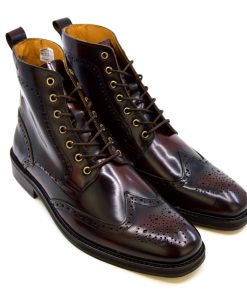
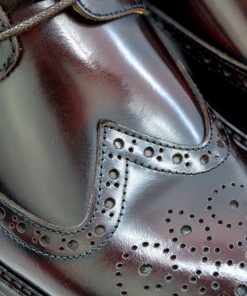
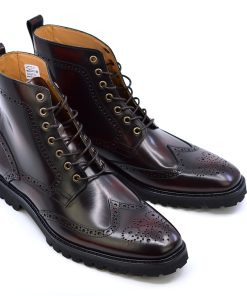
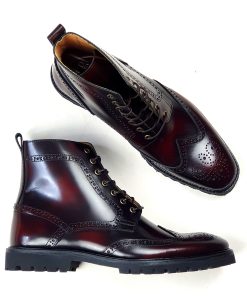
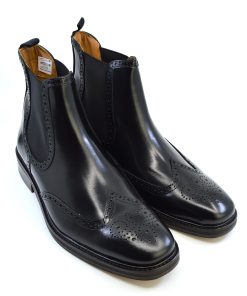
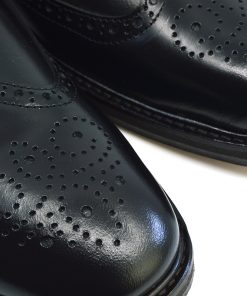
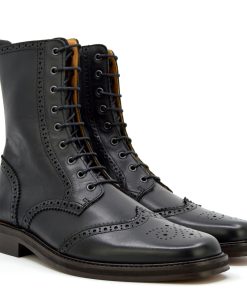
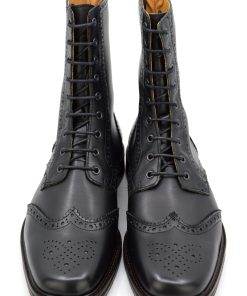
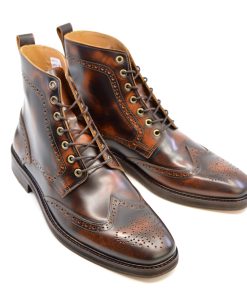
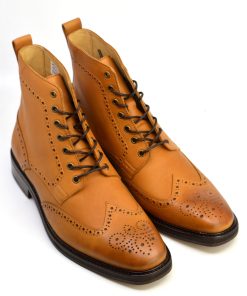
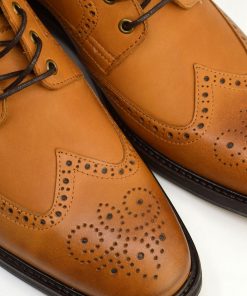

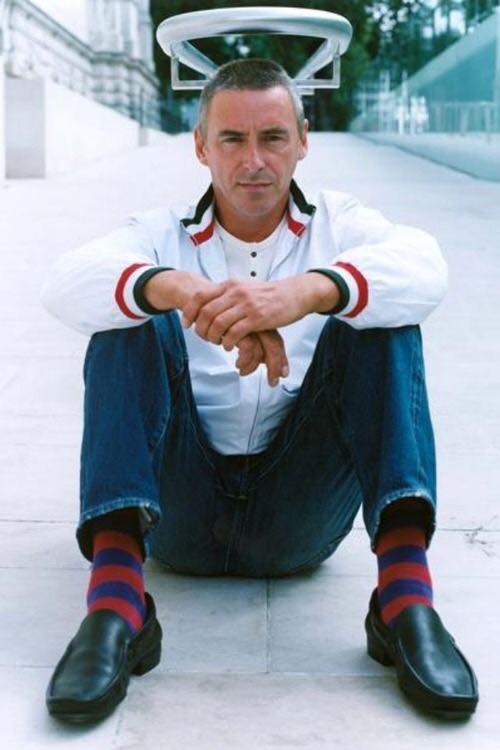
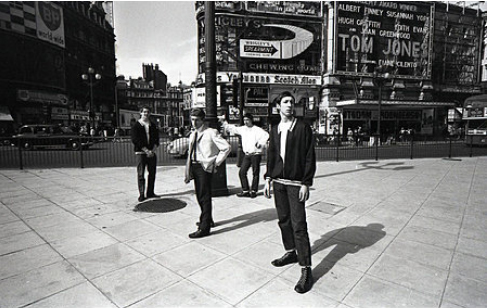
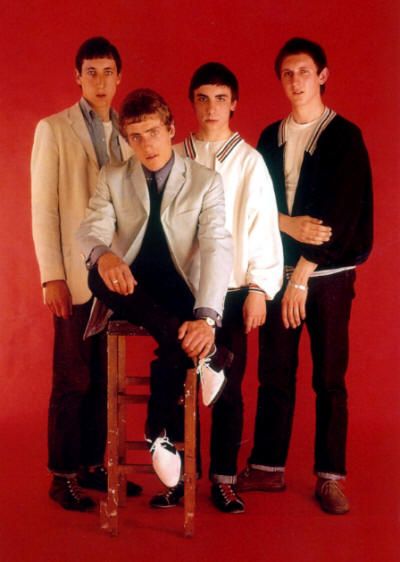
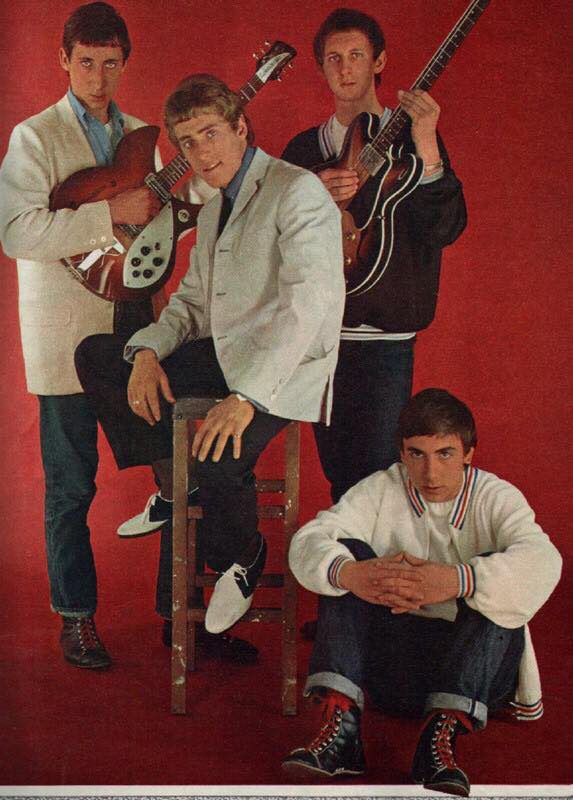
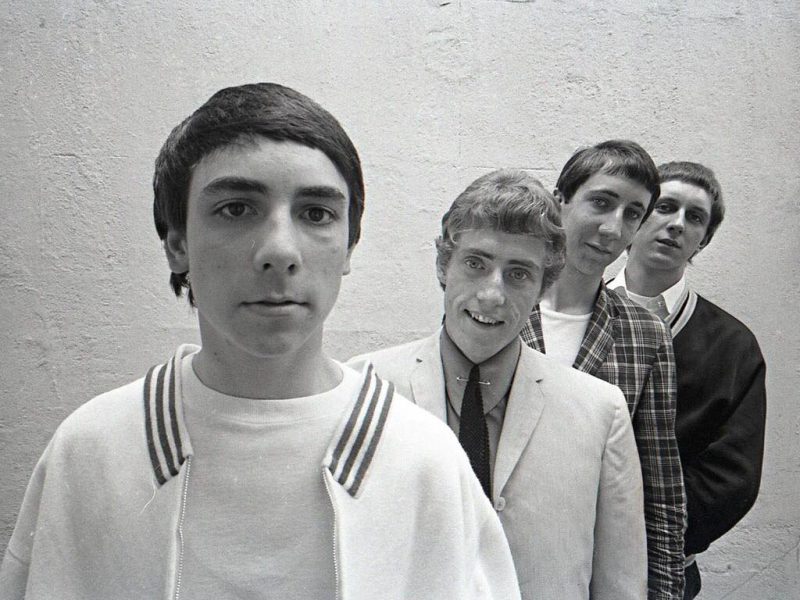
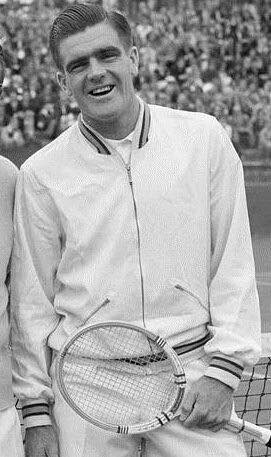
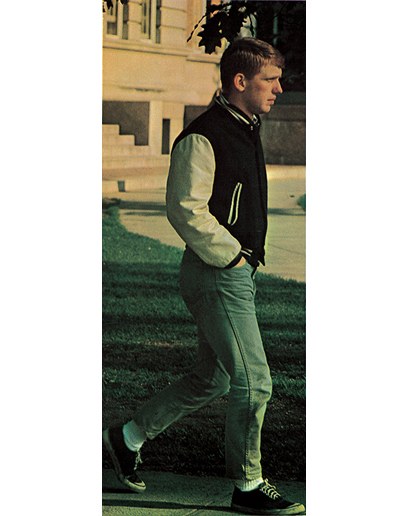
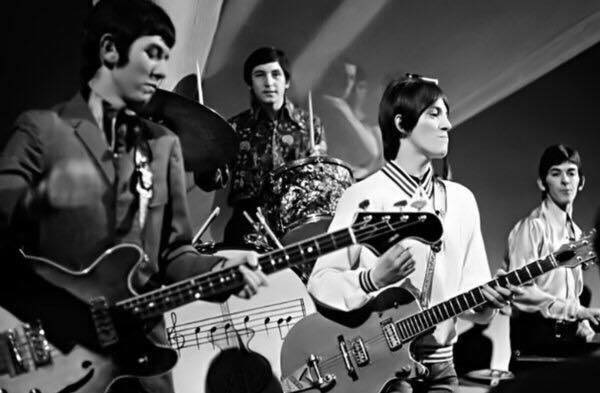
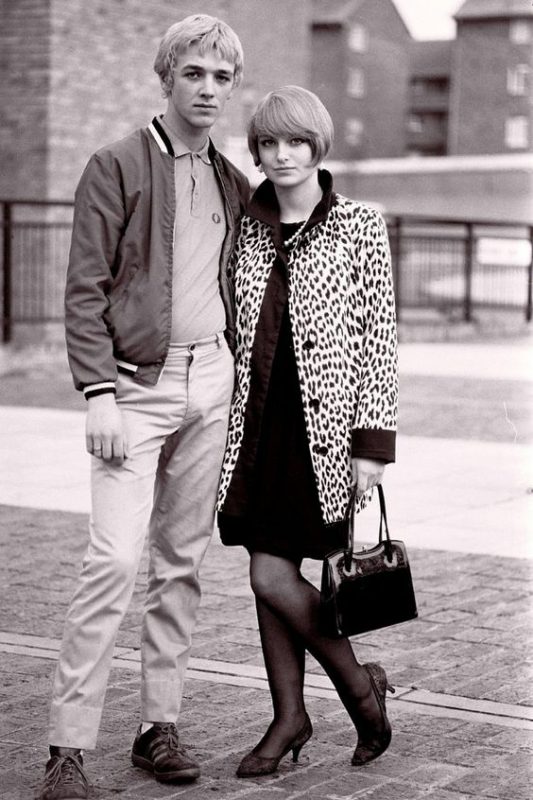
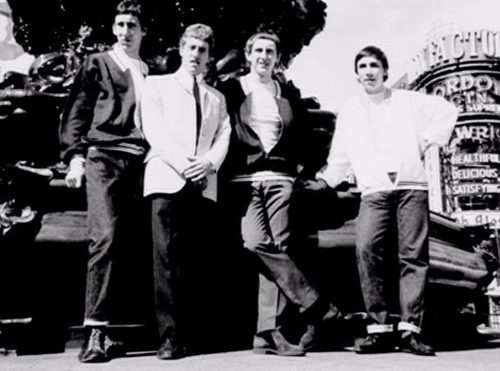
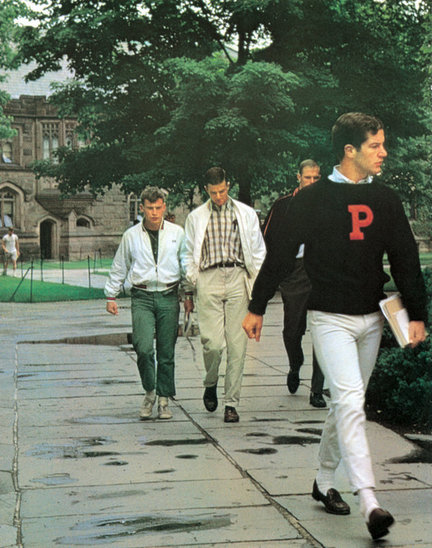
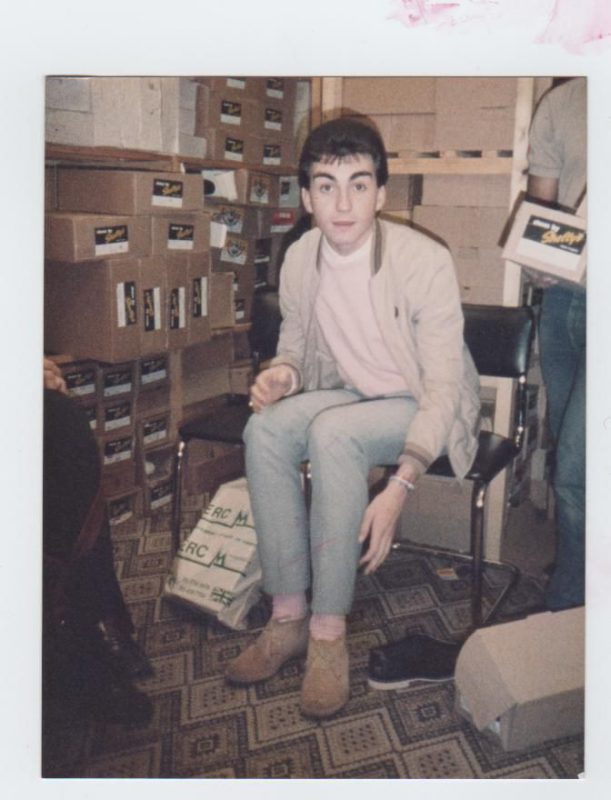
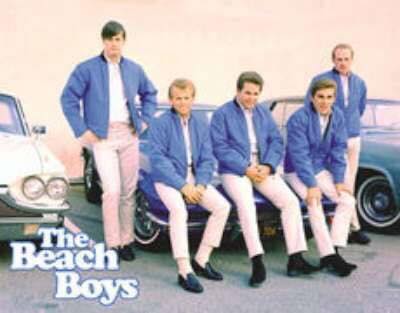
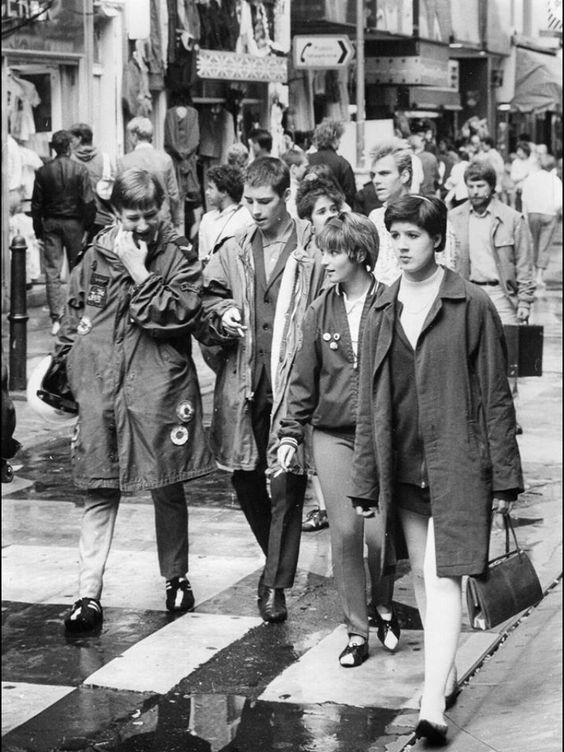
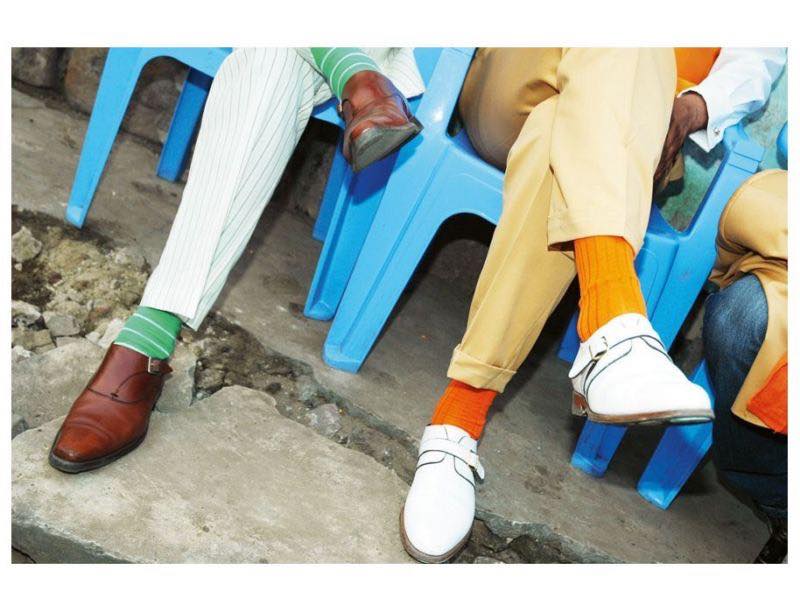 Three steps to heaven.
Three steps to heaven.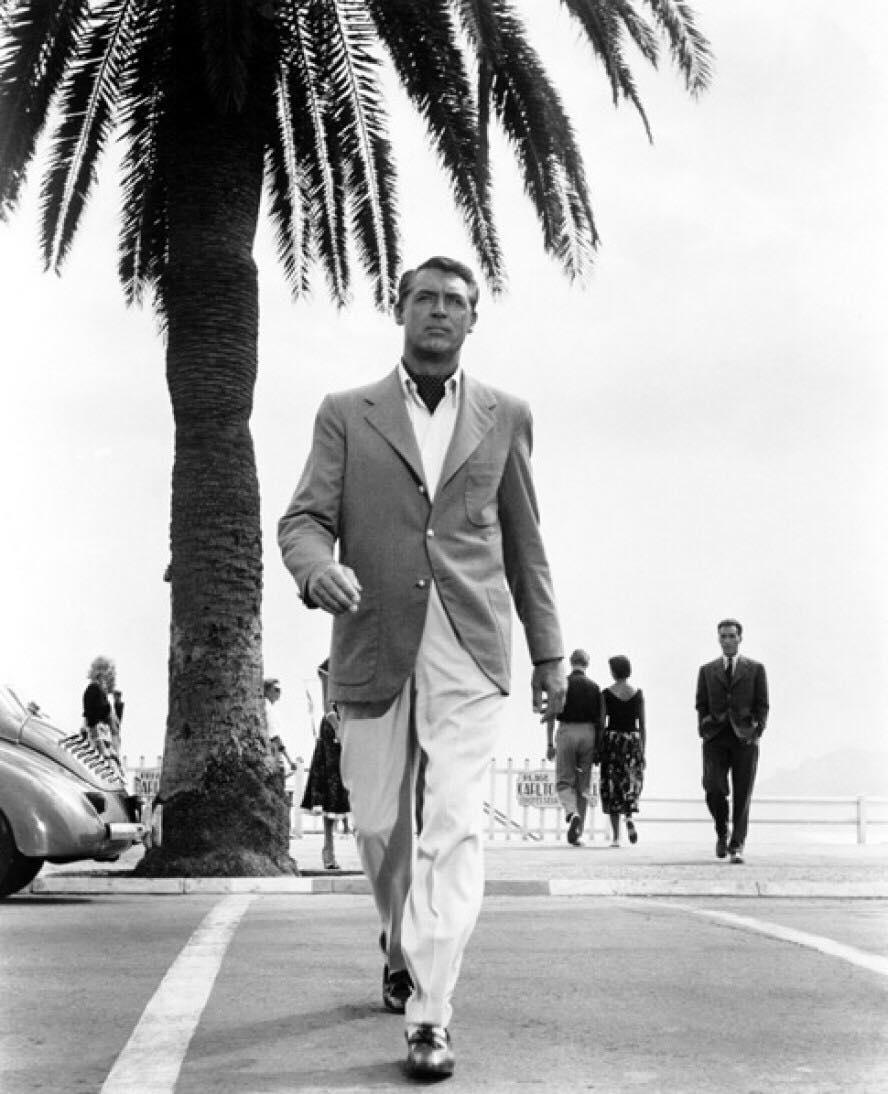
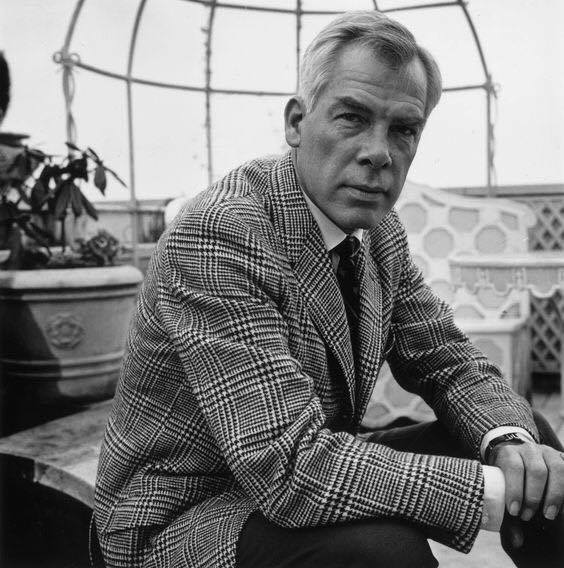
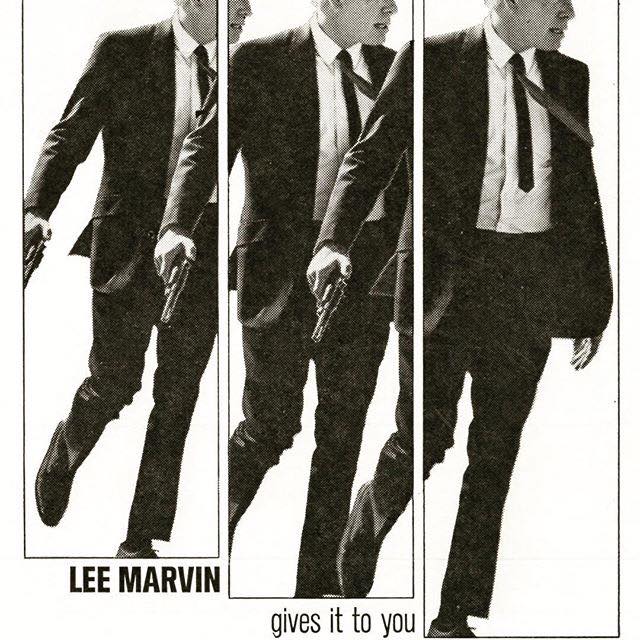 First gear, second gear, now third, fourth, fifth; man this cat is moving. Things to do, places to be, faces to meet. He’s raging against the hungry march of time. Relentless! Unremitting! He’s gotta keep moving, he’s gotta keep moving!
First gear, second gear, now third, fourth, fifth; man this cat is moving. Things to do, places to be, faces to meet. He’s raging against the hungry march of time. Relentless! Unremitting! He’s gotta keep moving, he’s gotta keep moving!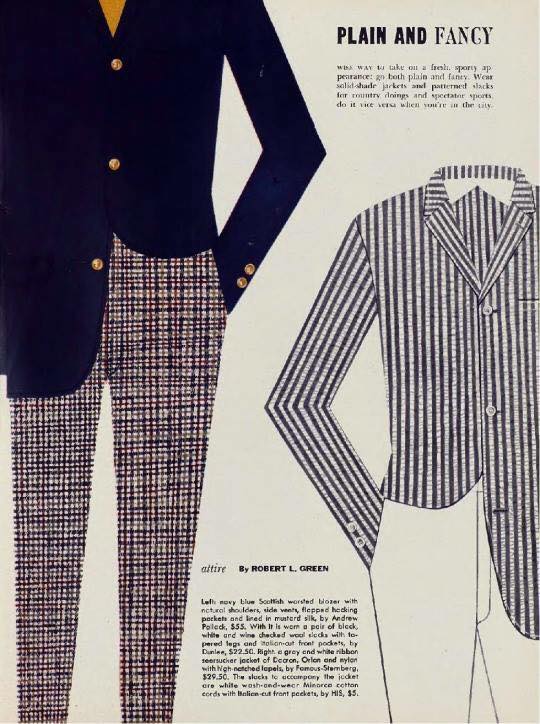
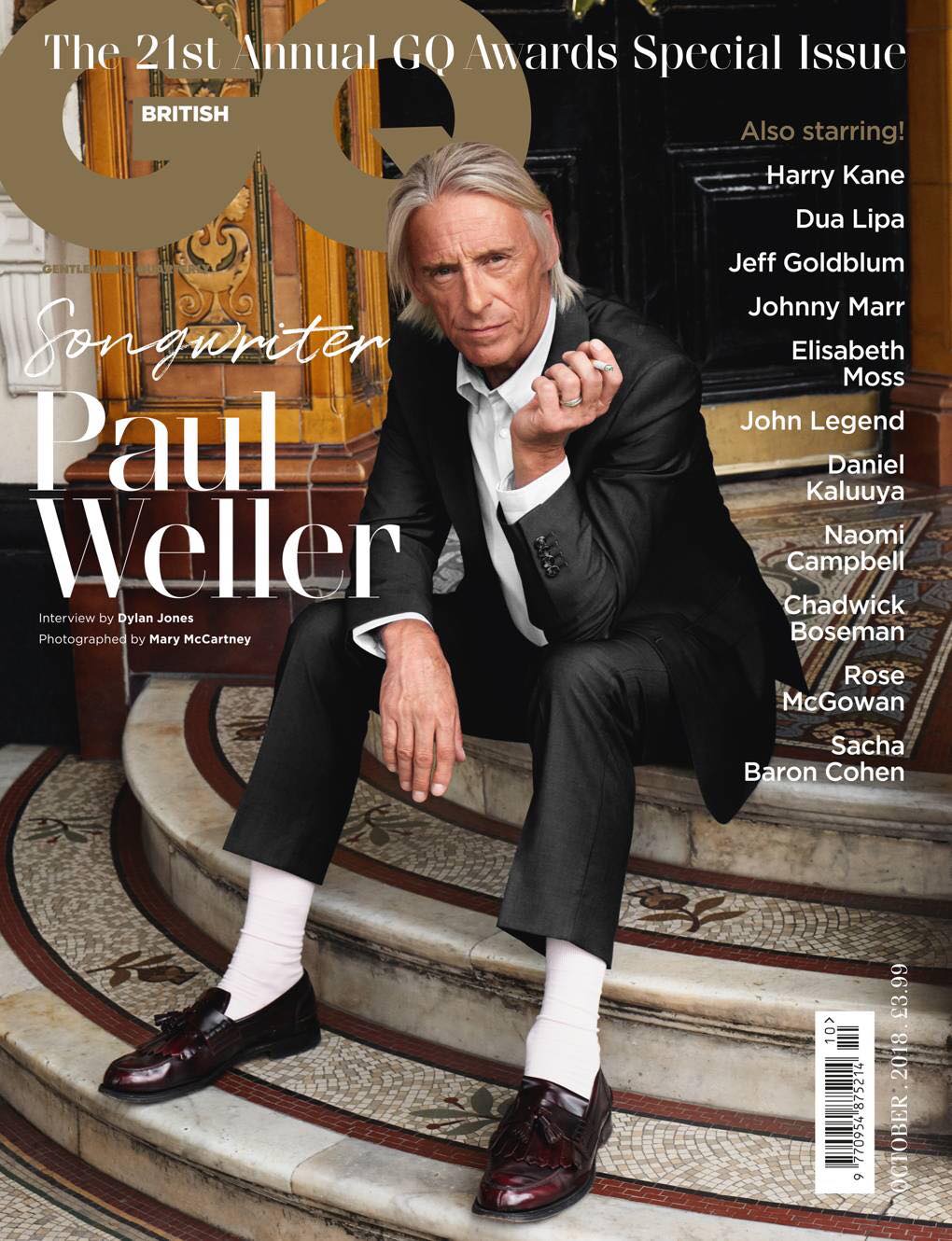 Classic shoe No 3, takes us from British and American self-assuredness to European élan by way of that most casual of shoes; and arguably an American Collegiate and Modernist essential; the Loafer.
Classic shoe No 3, takes us from British and American self-assuredness to European élan by way of that most casual of shoes; and arguably an American Collegiate and Modernist essential; the Loafer.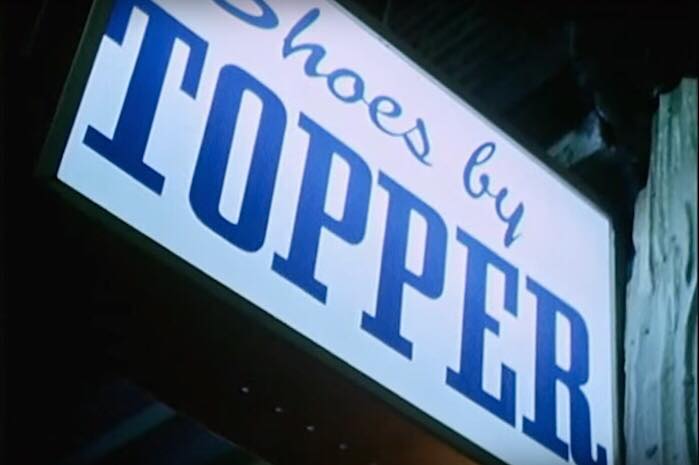 It’s only been a fairly recent luxury with the internet and original Mods posting up rare and treasured photos from their sartorial heyday and stunningly researched tomes like Paul ‘Smiler’ Anderson’s Mods the New Religion with its own incredible selection of images, that enable us to see just how amazing and innovative the clothing was; especially in light of what had gone before, its sixties peak.
It’s only been a fairly recent luxury with the internet and original Mods posting up rare and treasured photos from their sartorial heyday and stunningly researched tomes like Paul ‘Smiler’ Anderson’s Mods the New Religion with its own incredible selection of images, that enable us to see just how amazing and innovative the clothing was; especially in light of what had gone before, its sixties peak.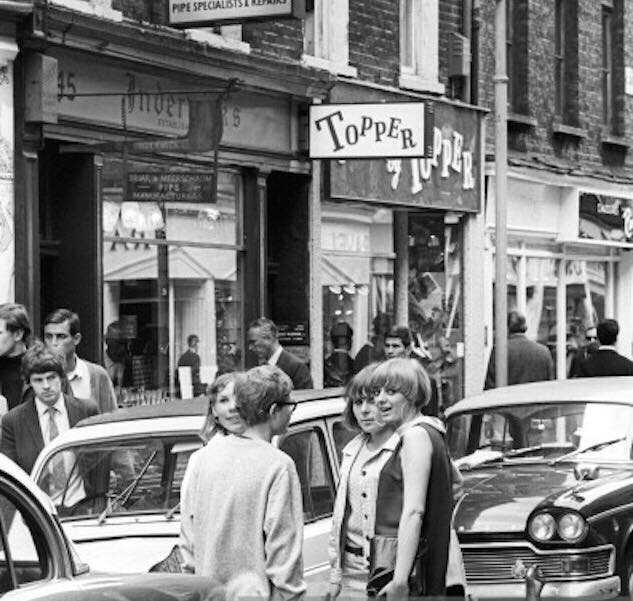 Browsing through them again and its hard not to get excited by the sheer dandified flare of the floppy hatted and sharp shod Brian Jones, the Velvet Victoriana of The Kinks and perhaps best of all those Darlings of the Whapping Wharf Landrette; Small Faces. In amongst the new pearly Kings and Queens of Lennon and McCartney (although check out George and Ringo for the best stuff!) is Dennis! Who he? You may well ask… well Just Dennis was the regular clothes feature that appears in Rave magazine and its clear that its largely sponsored by the boutiques of Carnaby Street and whilst much is known about the King of Carnaby Street, and Mod-Millionaire John Stephen whose clothes so defined an era, little is known about the most famous of shoe sellers; Stephen Topper of Toppers Shoes.
Browsing through them again and its hard not to get excited by the sheer dandified flare of the floppy hatted and sharp shod Brian Jones, the Velvet Victoriana of The Kinks and perhaps best of all those Darlings of the Whapping Wharf Landrette; Small Faces. In amongst the new pearly Kings and Queens of Lennon and McCartney (although check out George and Ringo for the best stuff!) is Dennis! Who he? You may well ask… well Just Dennis was the regular clothes feature that appears in Rave magazine and its clear that its largely sponsored by the boutiques of Carnaby Street and whilst much is known about the King of Carnaby Street, and Mod-Millionaire John Stephen whose clothes so defined an era, little is known about the most famous of shoe sellers; Stephen Topper of Toppers Shoes.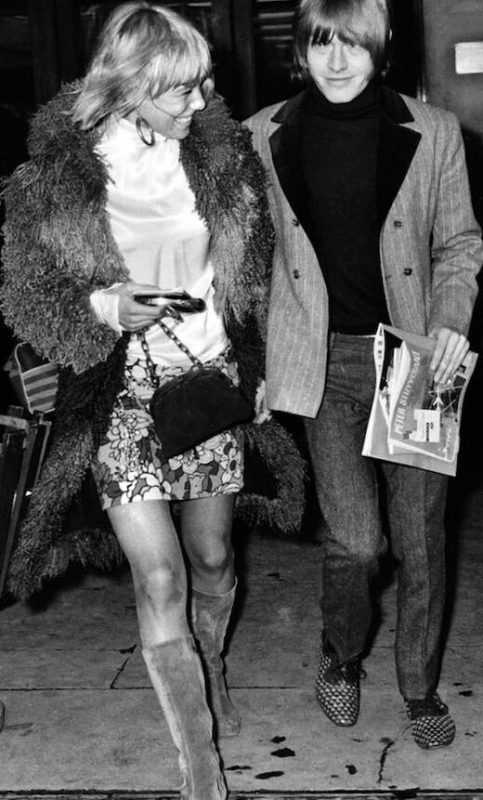
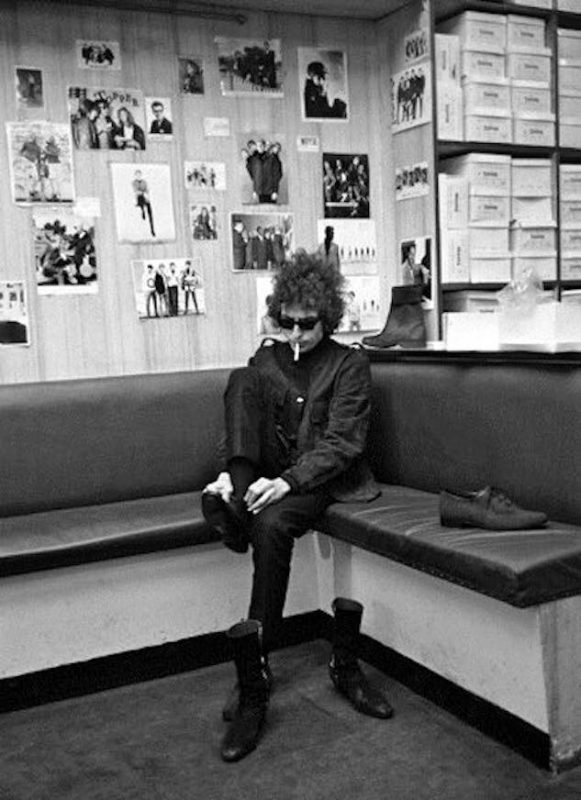
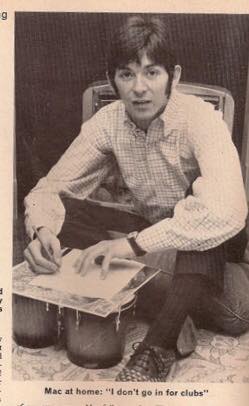
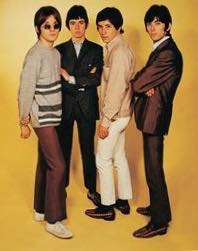
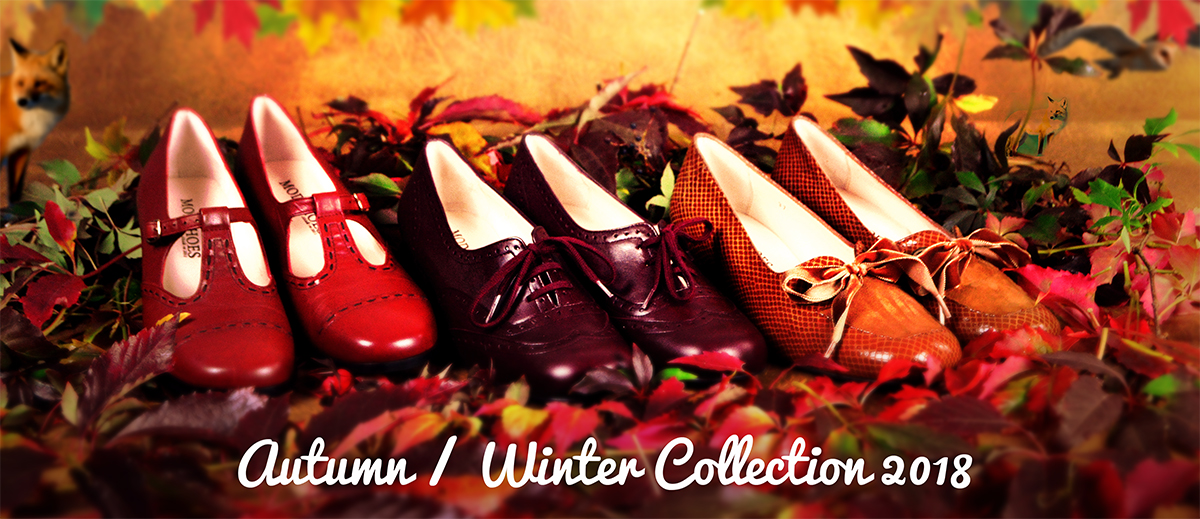
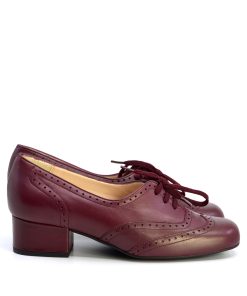
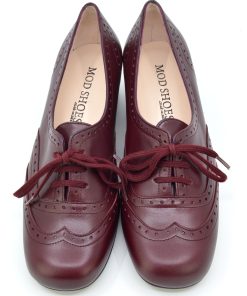
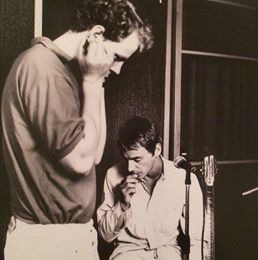 The year ended with the mini album Introducing The Style Council which was released only in Japan, Australia, Holland, Canada and the US containing their recorded output to date, but still sold well in Dutch Import sales alone.
The year ended with the mini album Introducing The Style Council which was released only in Japan, Australia, Holland, Canada and the US containing their recorded output to date, but still sold well in Dutch Import sales alone.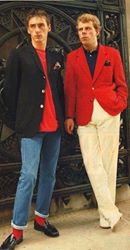 Café Bleu has got to go down in music history as one of the most surprising and eclectic albums of all time. It is a massive departure from The Jam (and indeed Rock in general) – It is a melting pot of the band’s influences musically and incredibly Weller (arguably the bands biggest draw) sings on less than half the tracks. The Hammond-cool opener Micks Blessing (similar to Moods B-Side Micks Company) is a great introduction its Jazz stylings and echoes throughout the album with its use of Jazzy chords and all out BeBop on the Steve White showcase Dropping Bombs on the White House.
Café Bleu has got to go down in music history as one of the most surprising and eclectic albums of all time. It is a massive departure from The Jam (and indeed Rock in general) – It is a melting pot of the band’s influences musically and incredibly Weller (arguably the bands biggest draw) sings on less than half the tracks. The Hammond-cool opener Micks Blessing (similar to Moods B-Side Micks Company) is a great introduction its Jazz stylings and echoes throughout the album with its use of Jazzy chords and all out BeBop on the Steve White showcase Dropping Bombs on the White House.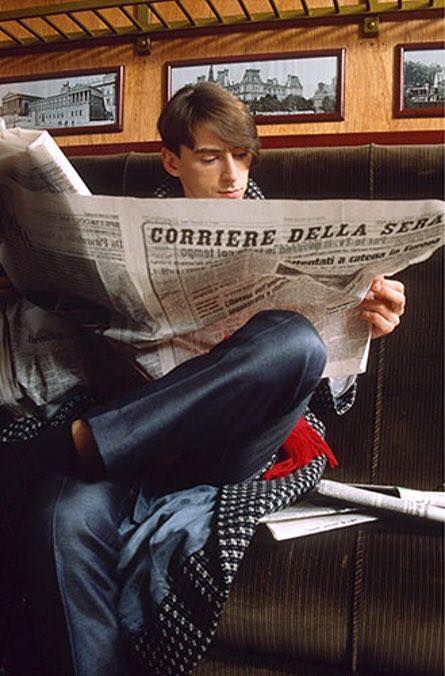 Amazingly the run of incredible singles continued with soul stomper Shout To The Top, with a strident piano and uplifting lyric it reached number 7 in the charts. Perhaps a little at odds to the earlier singles was the use of Warsaw in the video with its purveying greyness and communist brutalist architecture showing the way to the following year of Miners, Militancy, Live Aid and Lenny Henry as well as an increasing political bent. The B-side, the haunting and sombre beneath the gun-towers love song of Ghosts of Dauchau was as sobering as the 12” companion The Piccadilly Trail, again flirting with homoerotic tension, was as uplifting with its summery percussion.
Amazingly the run of incredible singles continued with soul stomper Shout To The Top, with a strident piano and uplifting lyric it reached number 7 in the charts. Perhaps a little at odds to the earlier singles was the use of Warsaw in the video with its purveying greyness and communist brutalist architecture showing the way to the following year of Miners, Militancy, Live Aid and Lenny Henry as well as an increasing political bent. The B-side, the haunting and sombre beneath the gun-towers love song of Ghosts of Dauchau was as sobering as the 12” companion The Piccadilly Trail, again flirting with homoerotic tension, was as uplifting with its summery percussion.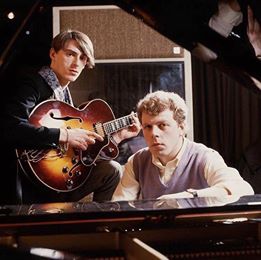 When the curtain came down on The Jam in late ’82 it was undoubtedly a relief for Weller. The intensity of their message was simply weighing too heavily on his young shoulders. The music just too constrictive for his burgeoning mind. It should have perhaps come as no surprise that his next musical venture was going to be lighter in tone.
When the curtain came down on The Jam in late ’82 it was undoubtedly a relief for Weller. The intensity of their message was simply weighing too heavily on his young shoulders. The music just too constrictive for his burgeoning mind. It should have perhaps come as no surprise that his next musical venture was going to be lighter in tone.